Growth and Development of Children Adele Piliterri,

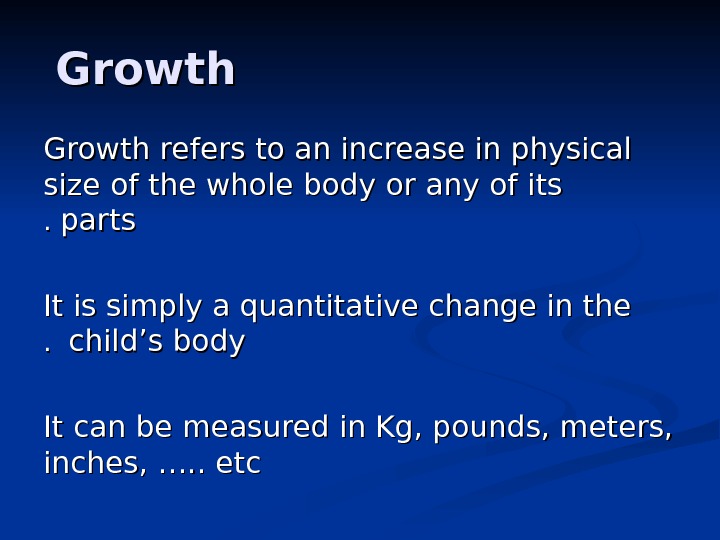
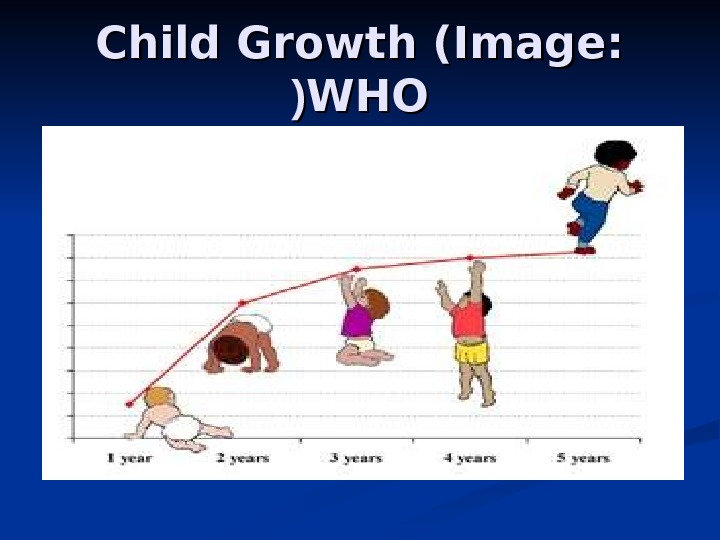
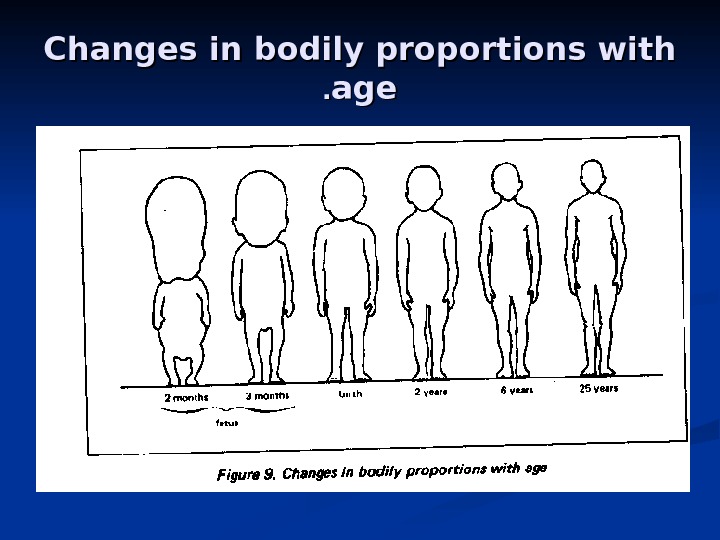
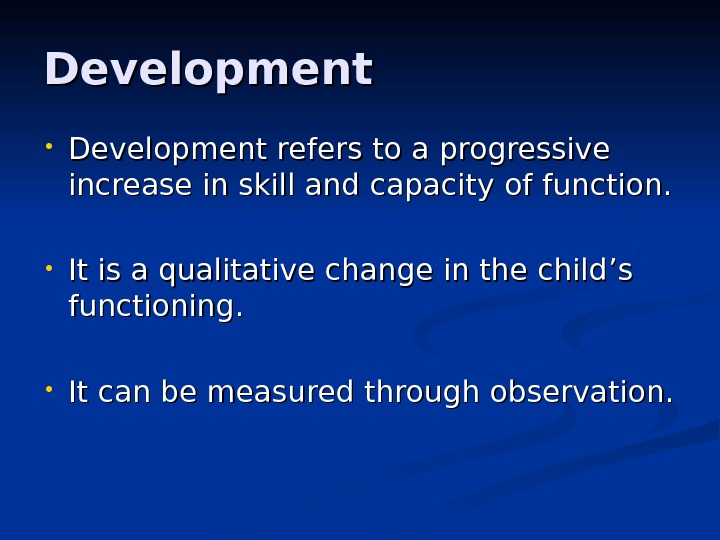

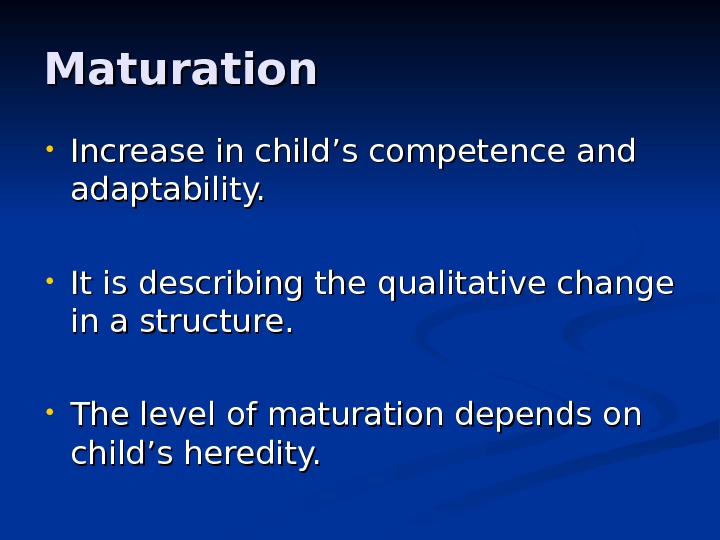
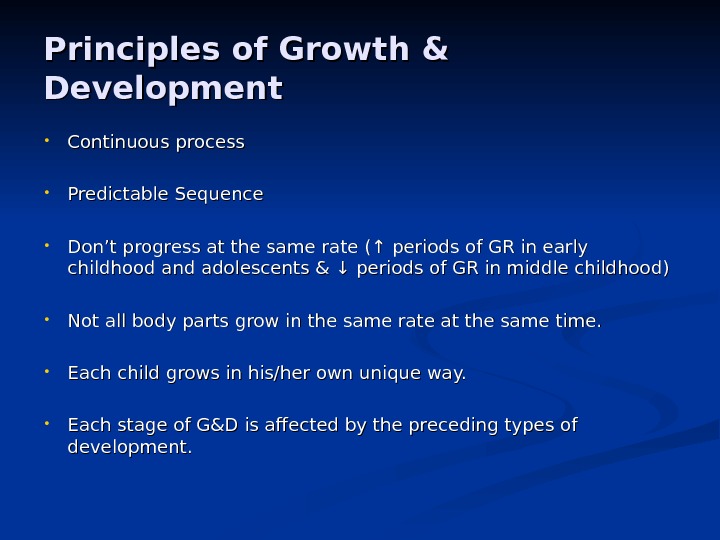
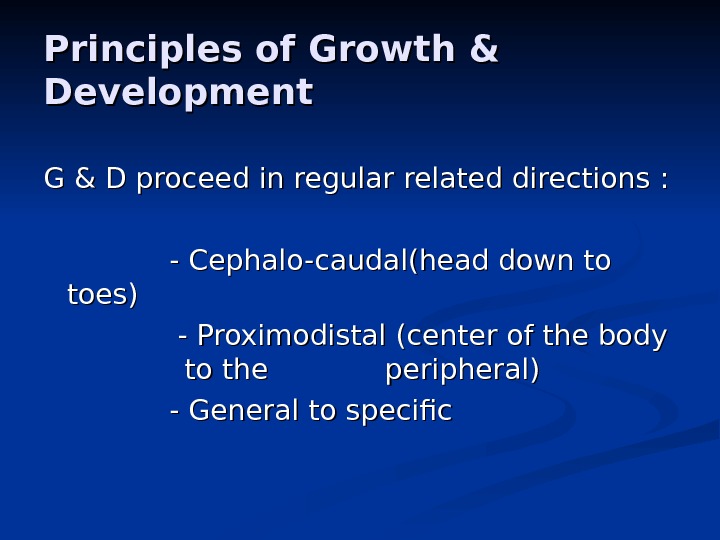
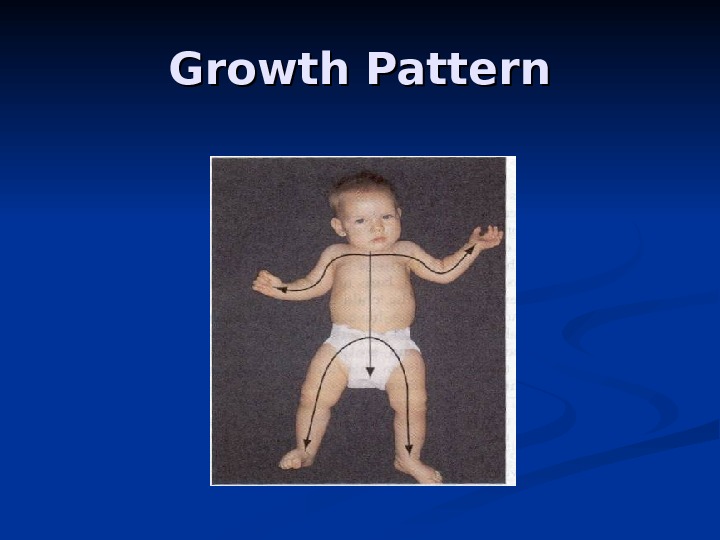
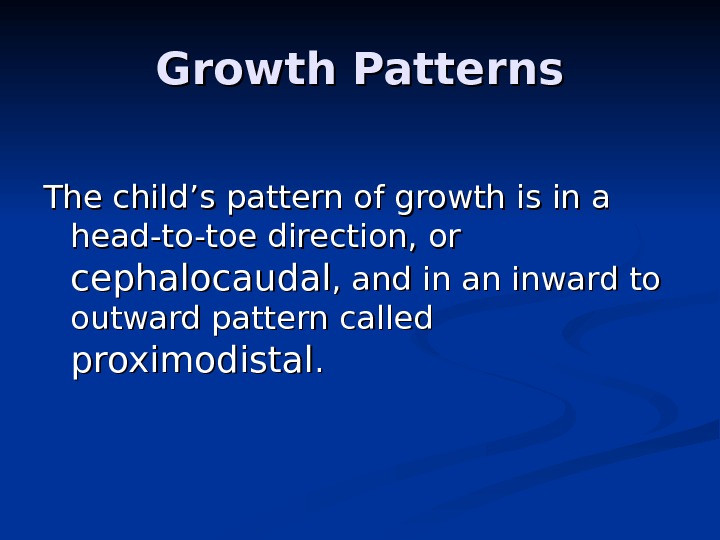
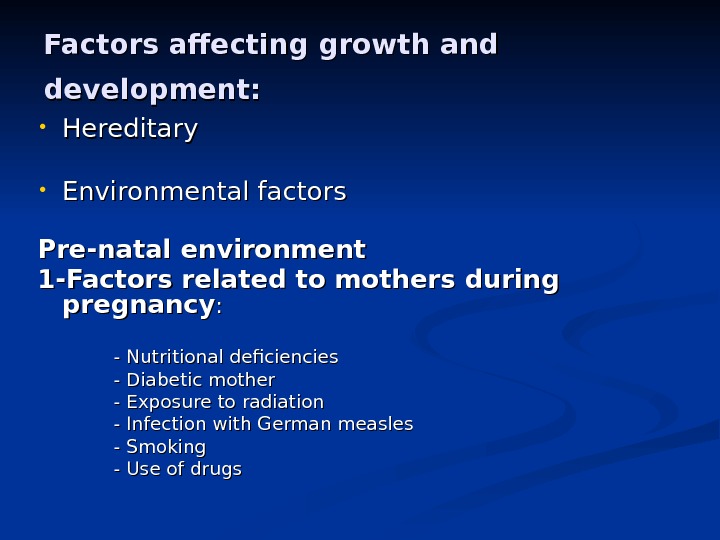

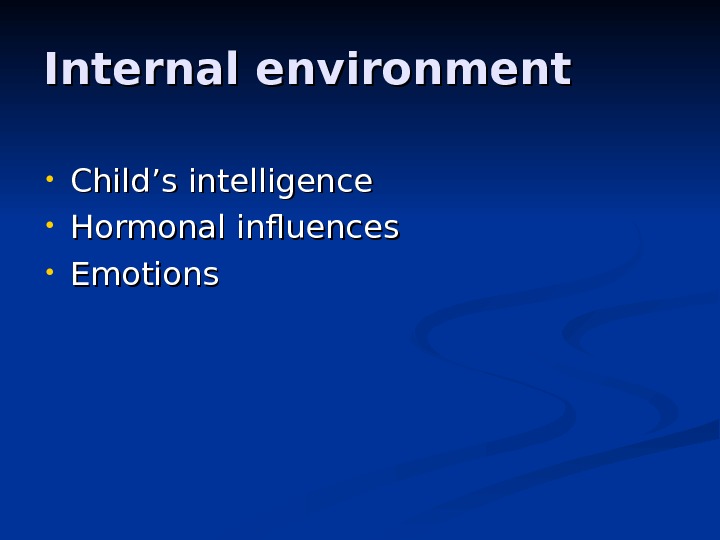

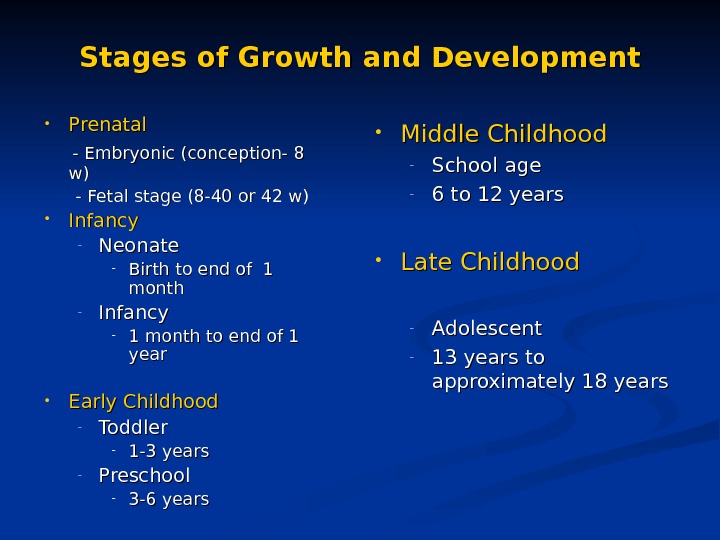
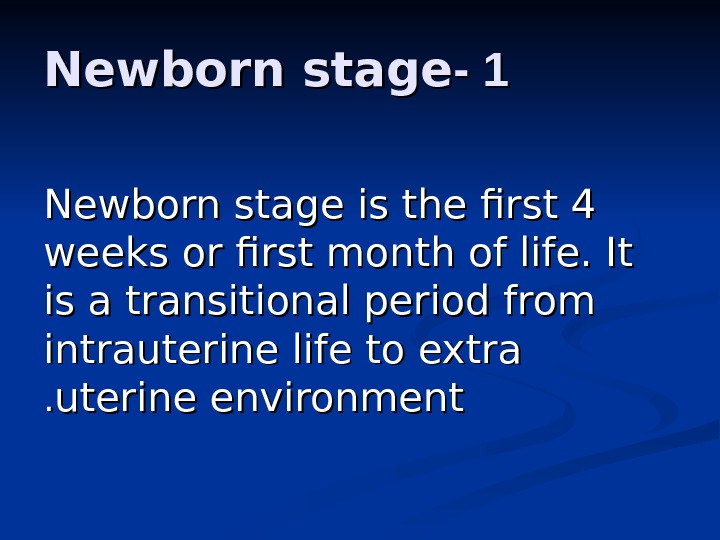
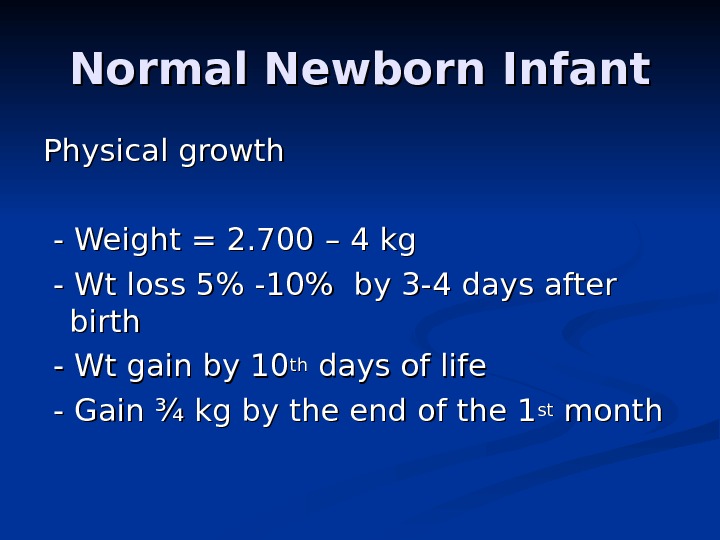
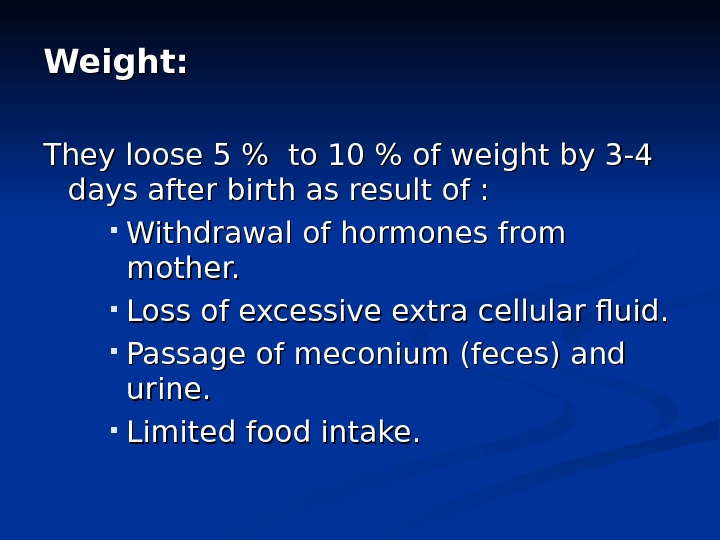

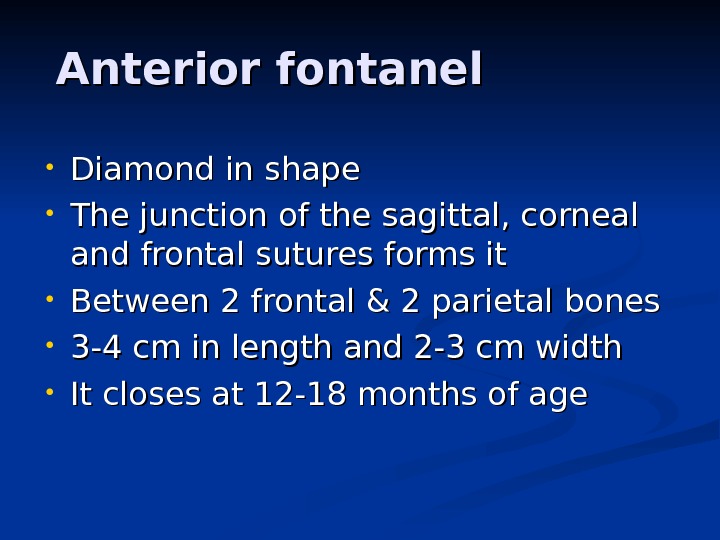
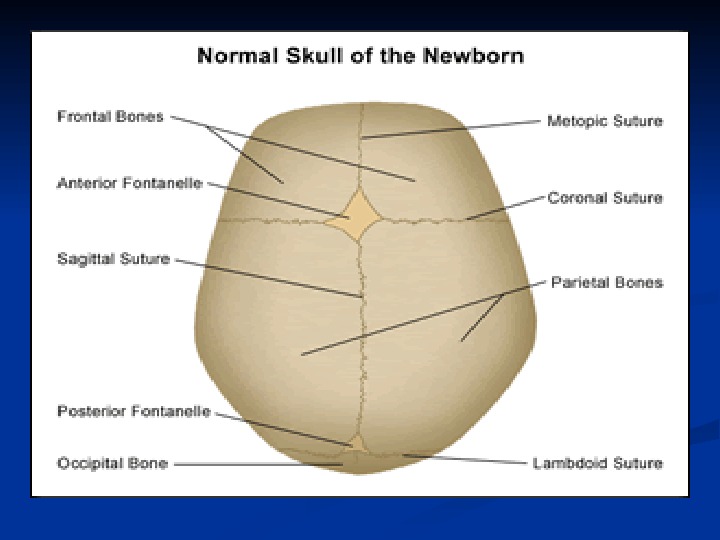
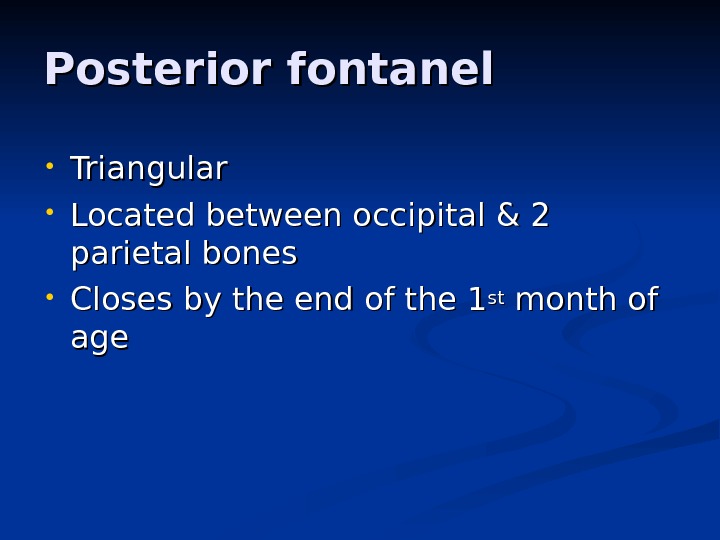
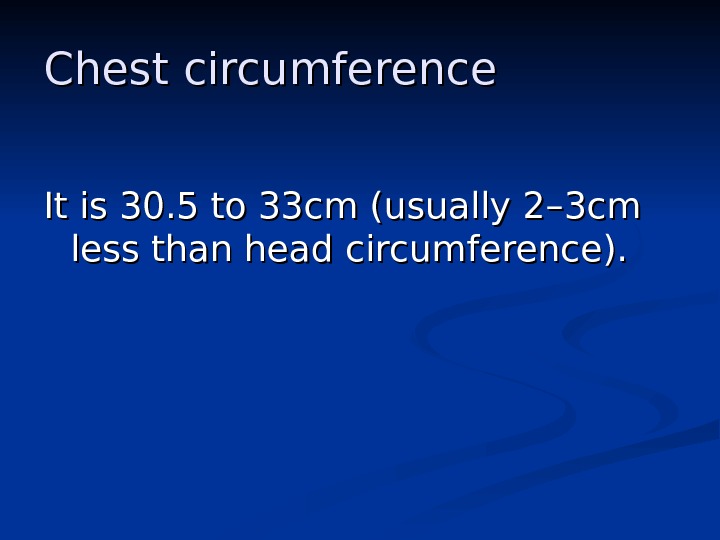
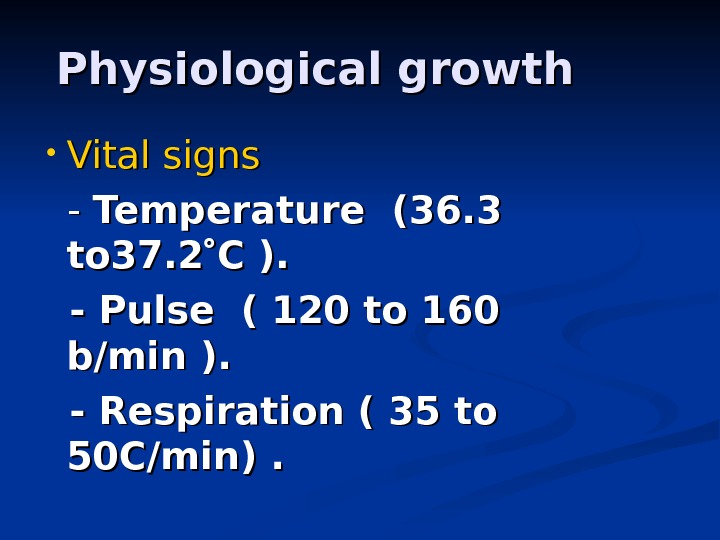

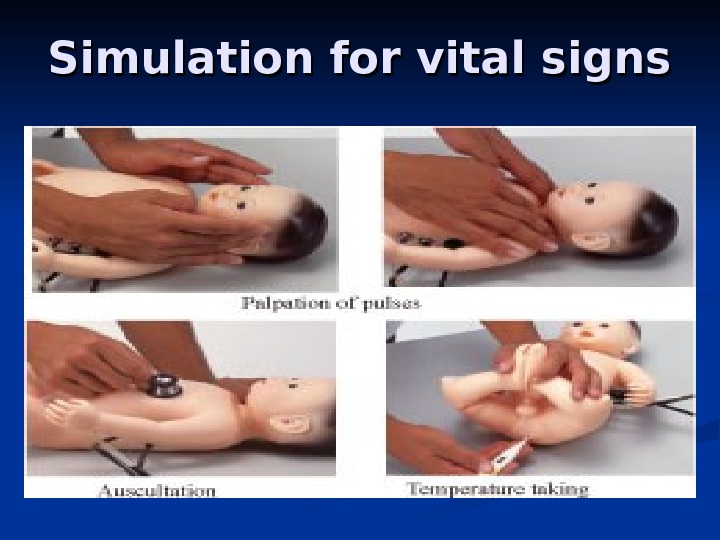
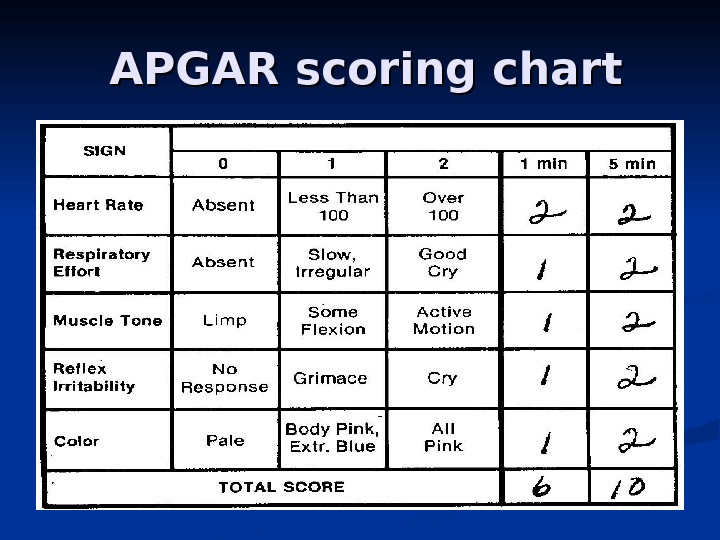
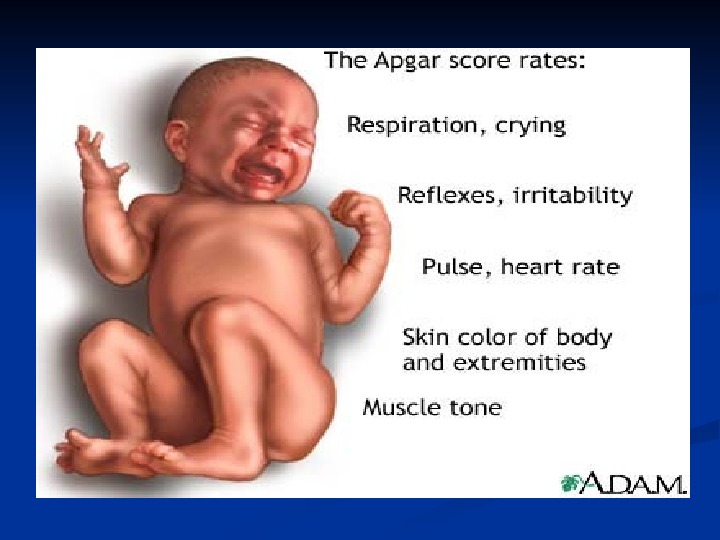
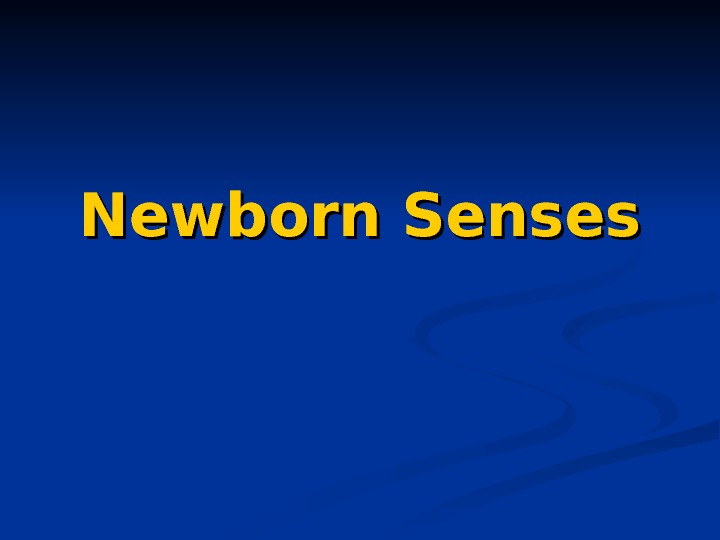
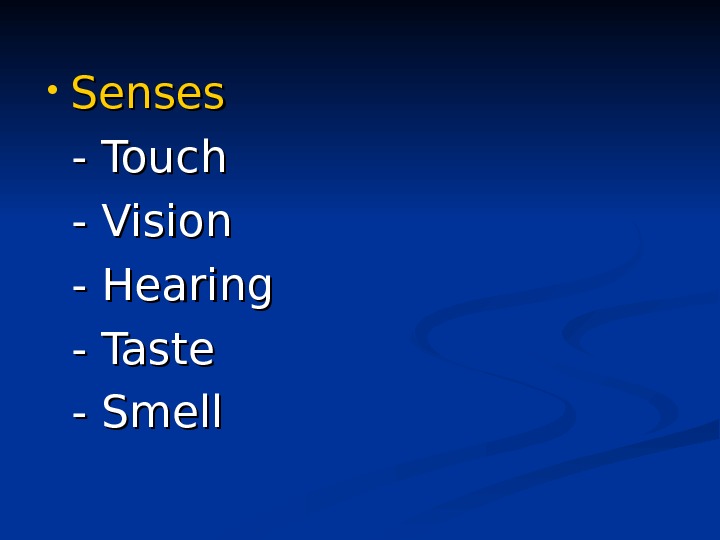
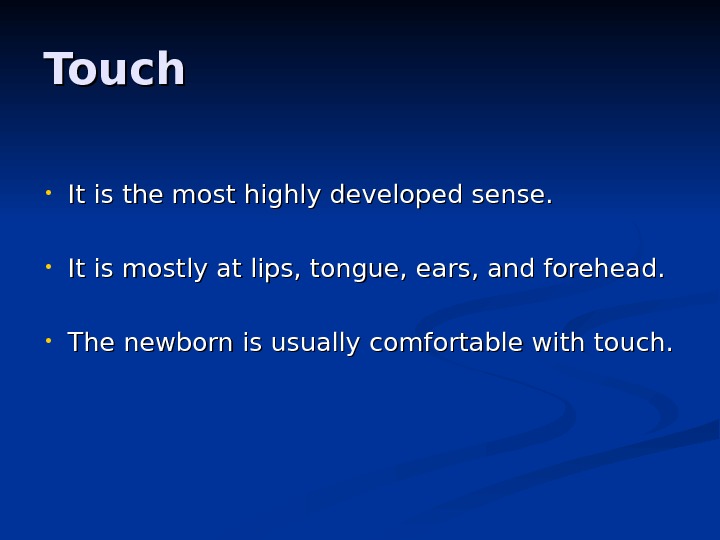
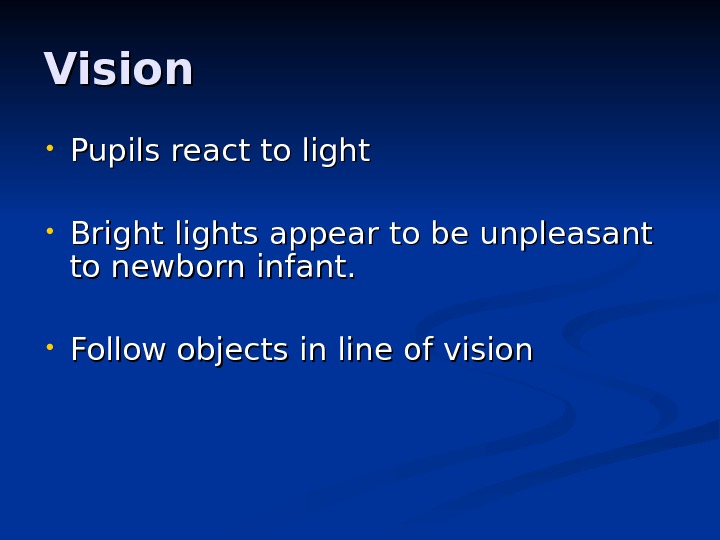
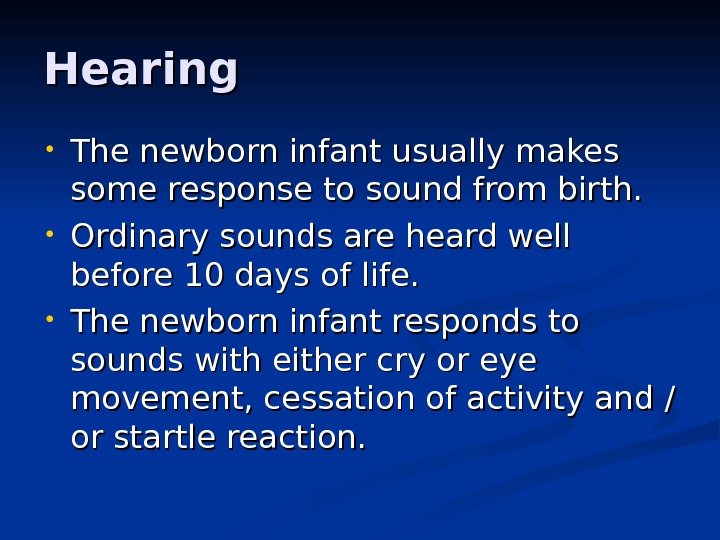
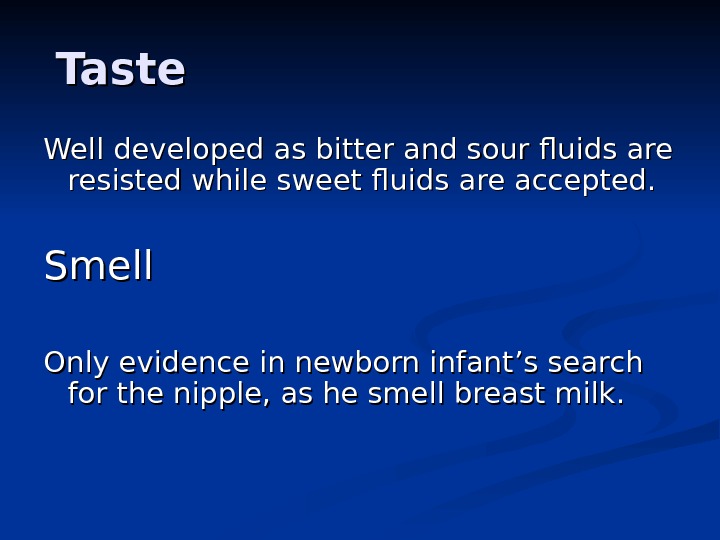
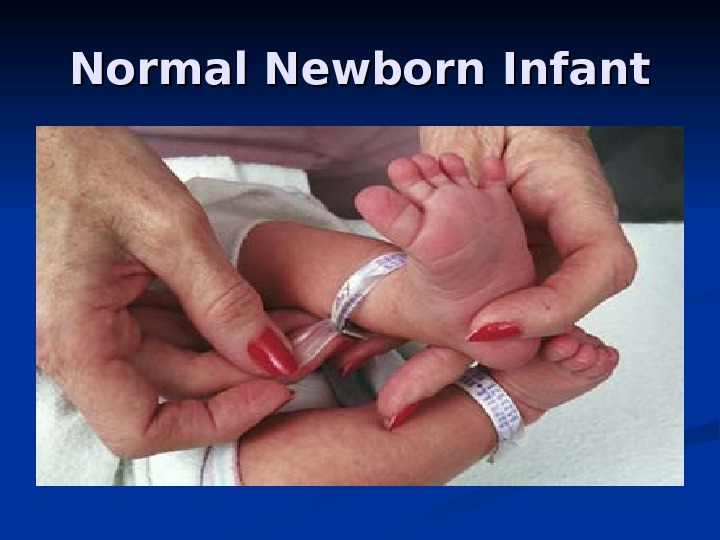


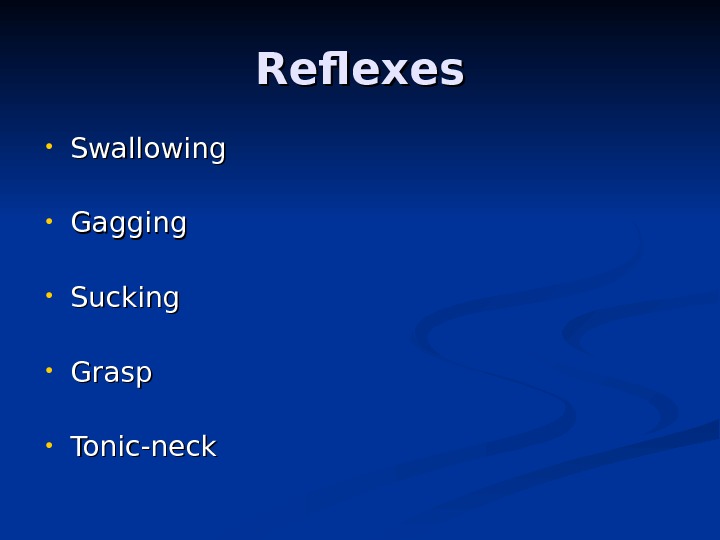
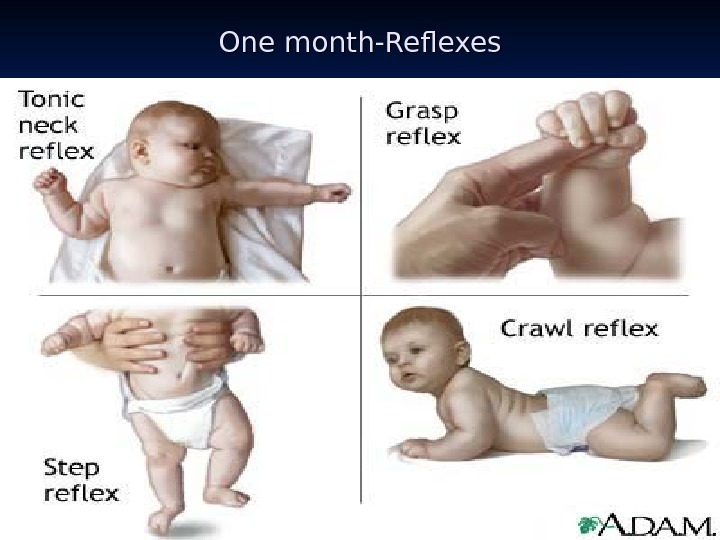
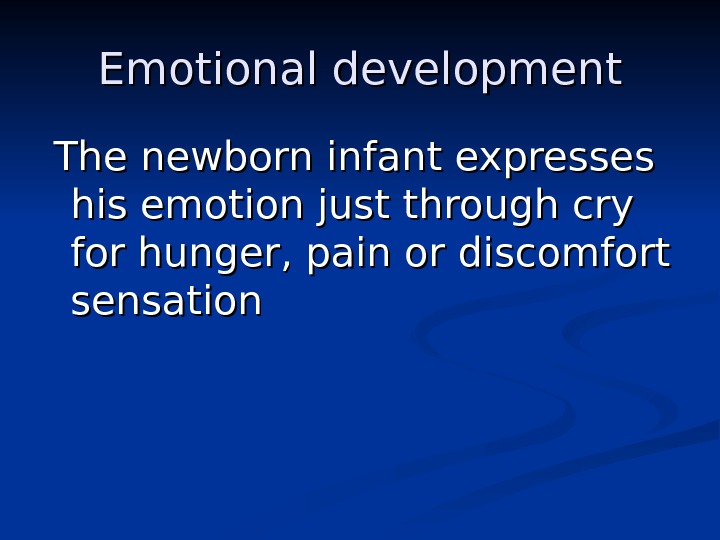
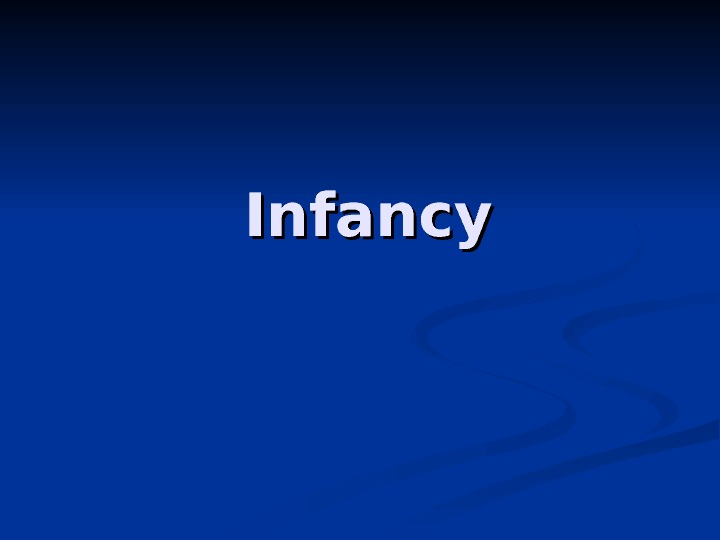
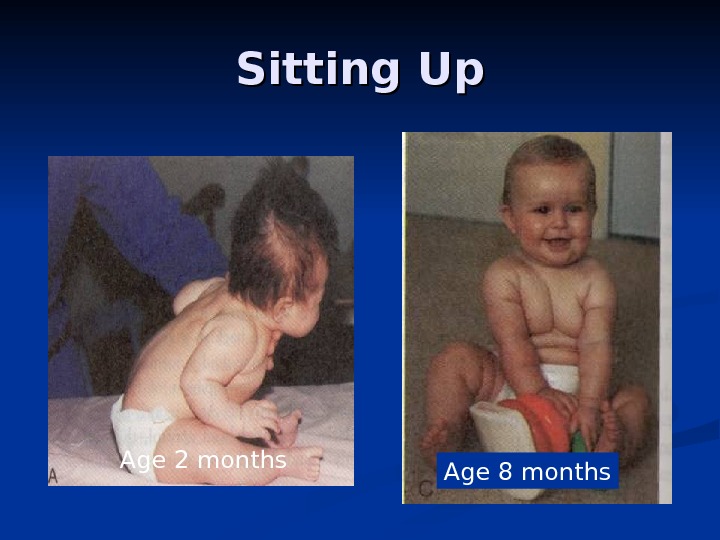
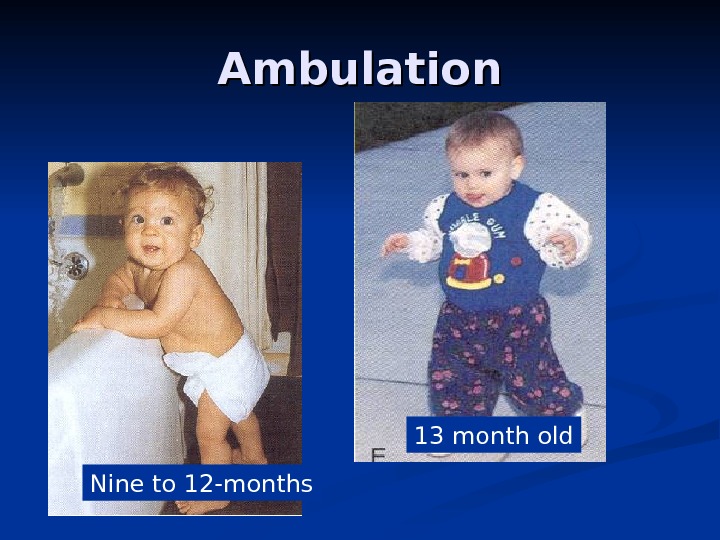
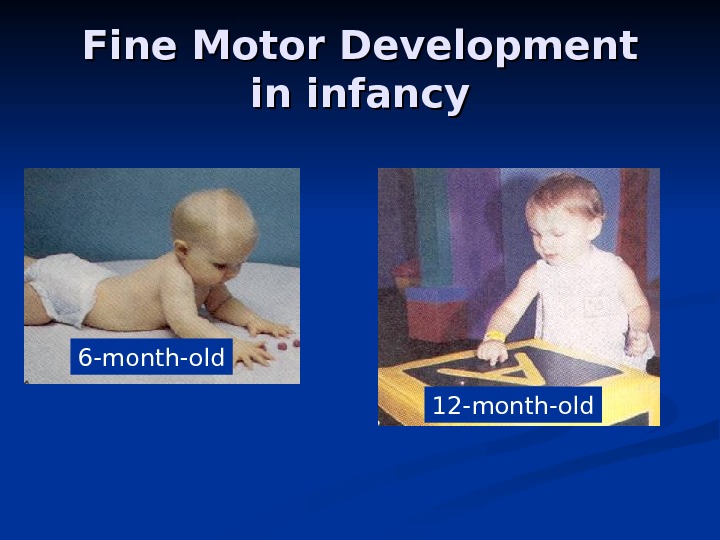
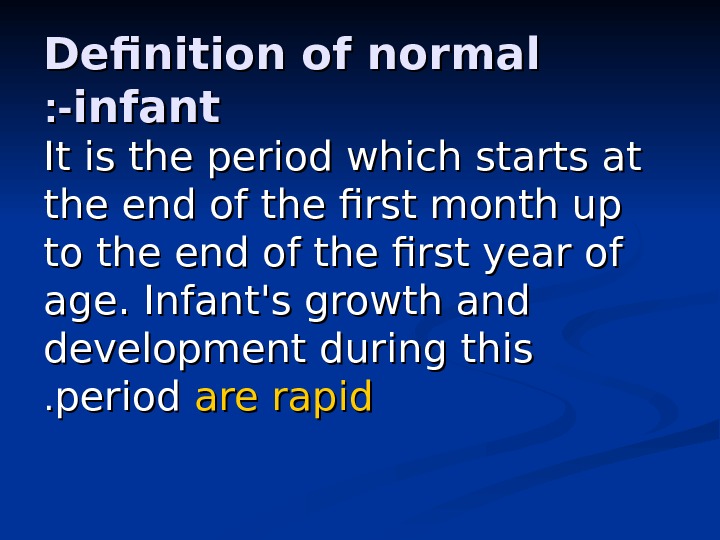

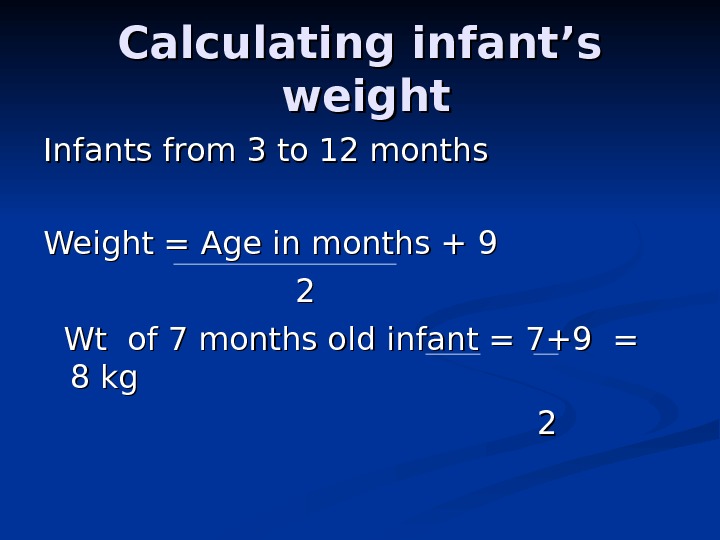
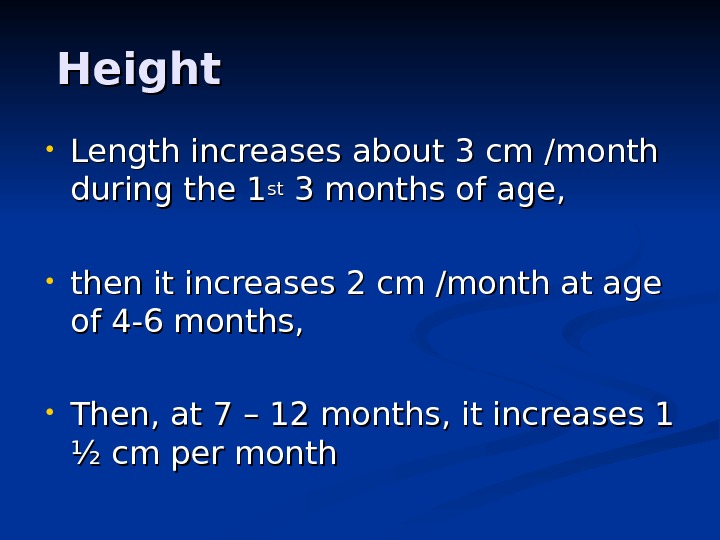
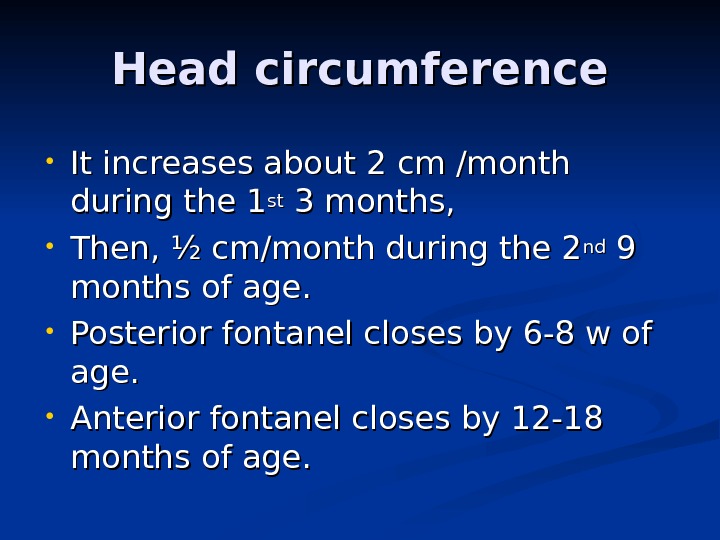

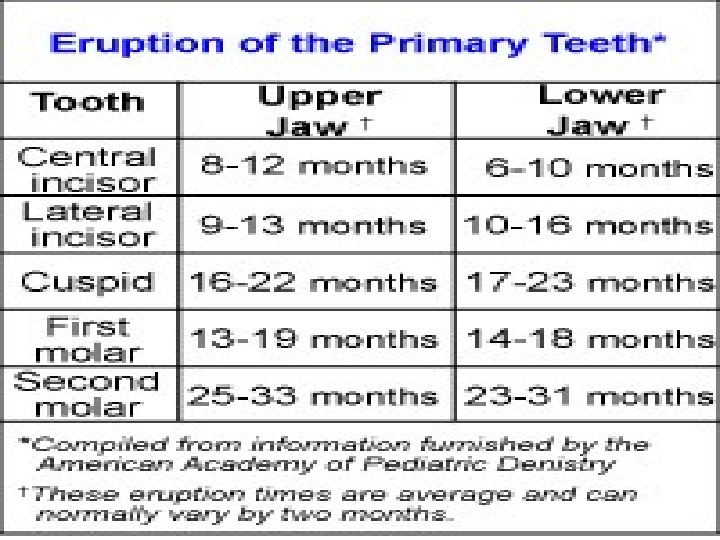

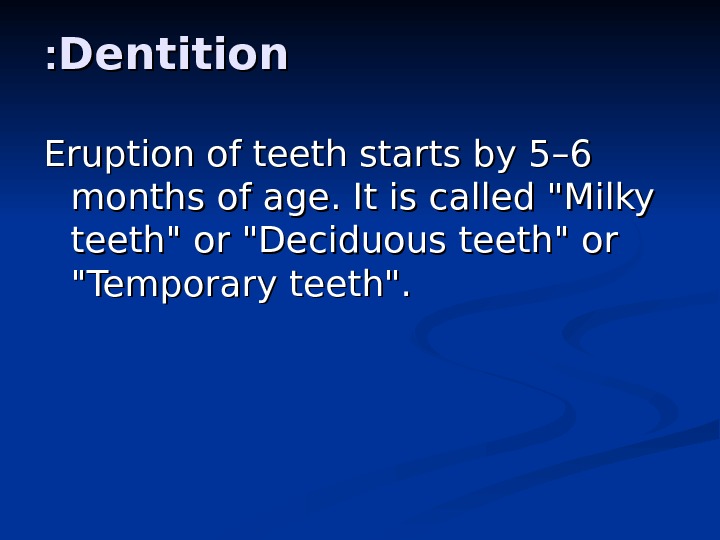


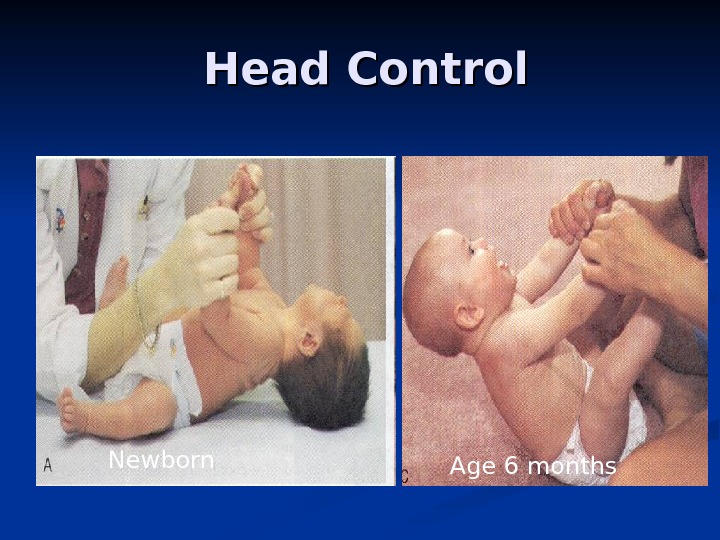
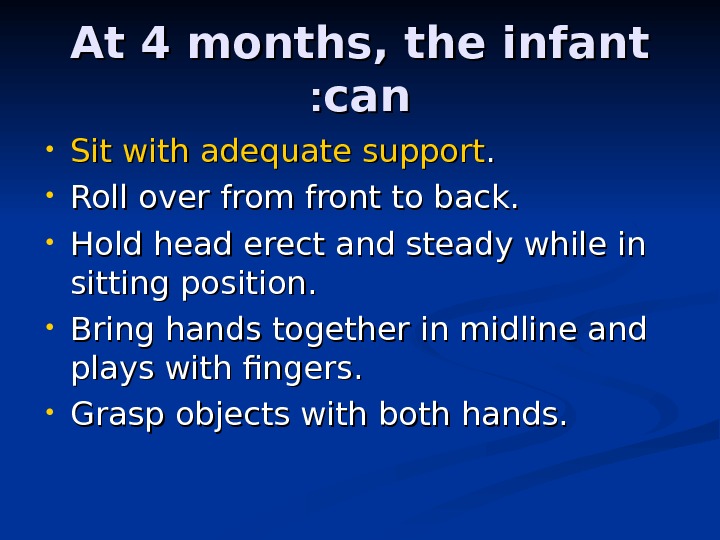
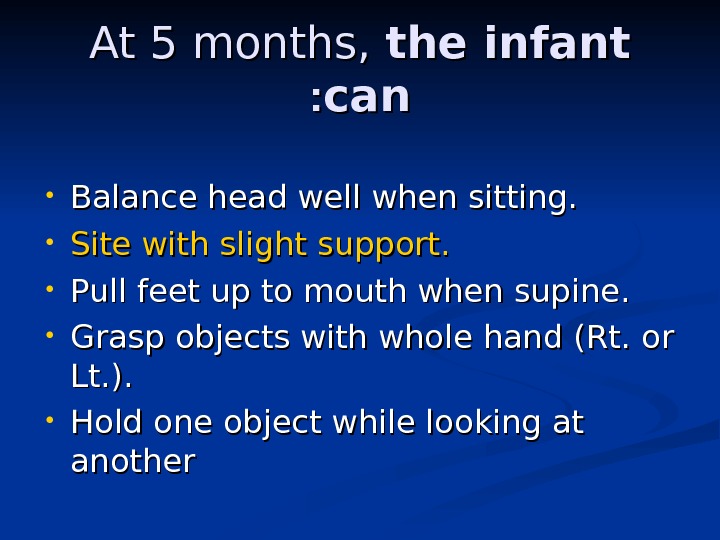
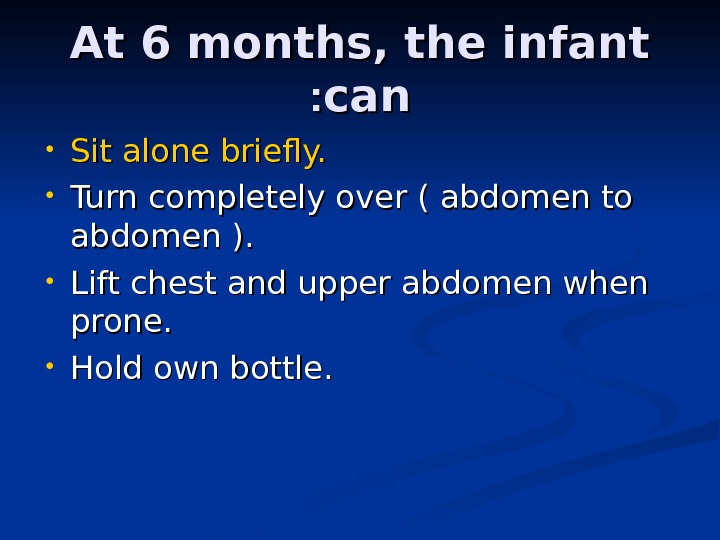

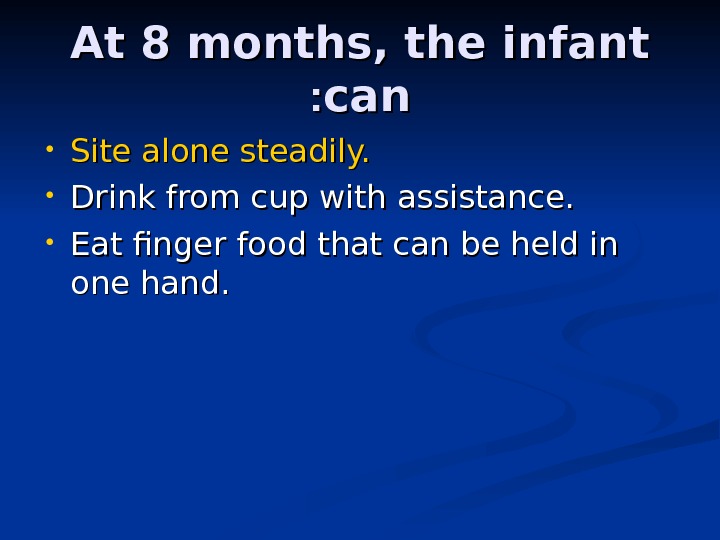
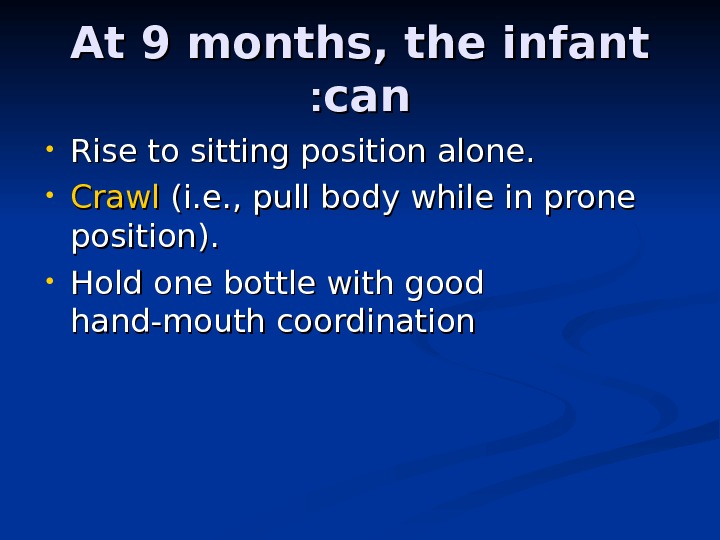
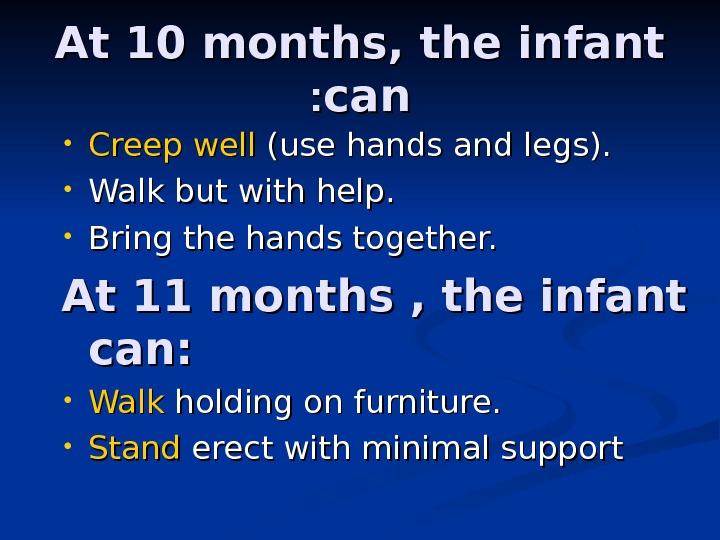
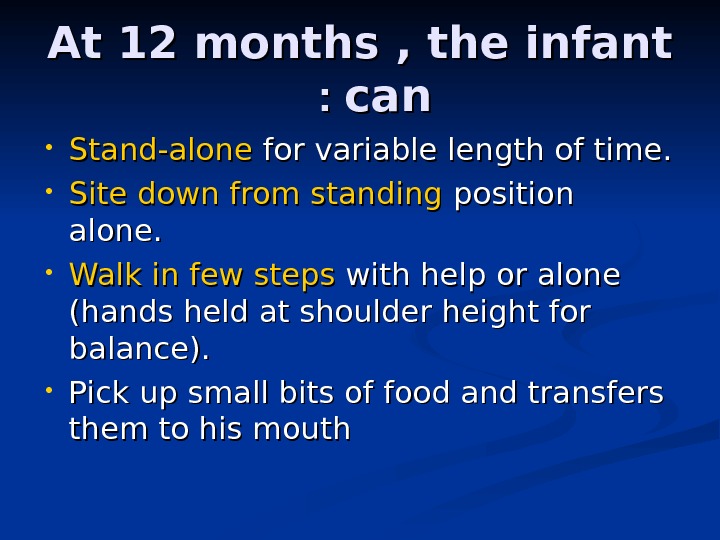
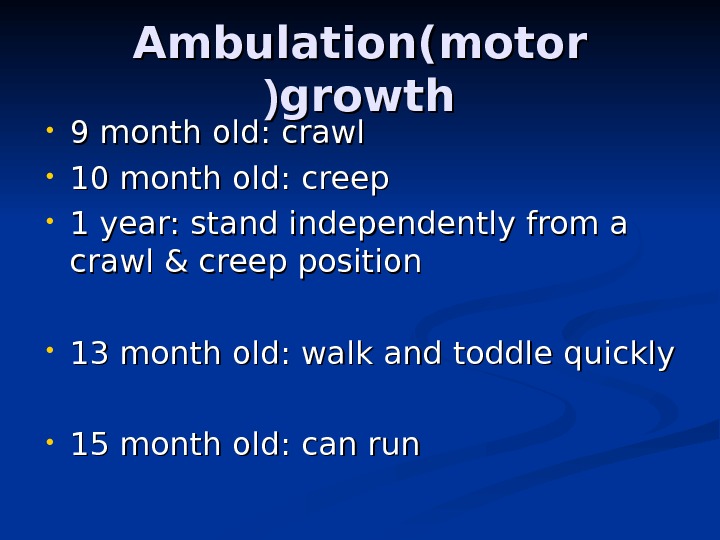
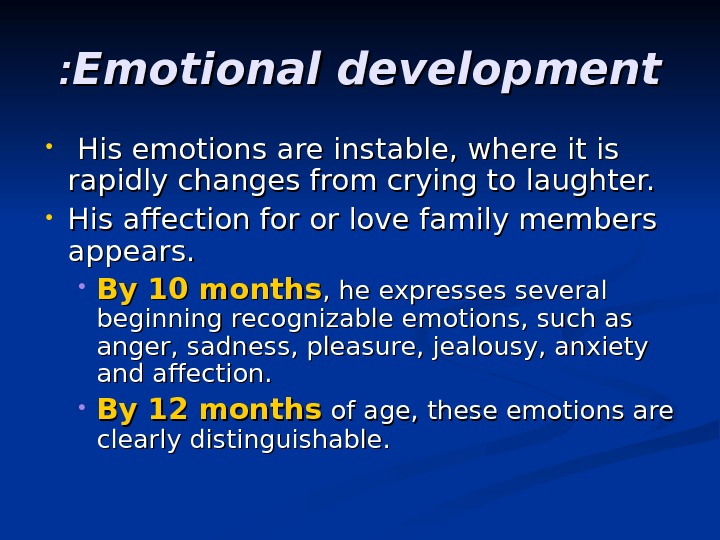
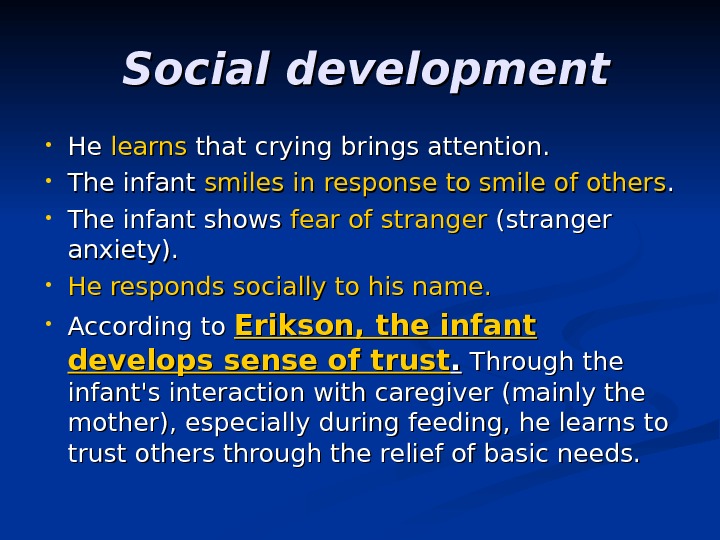
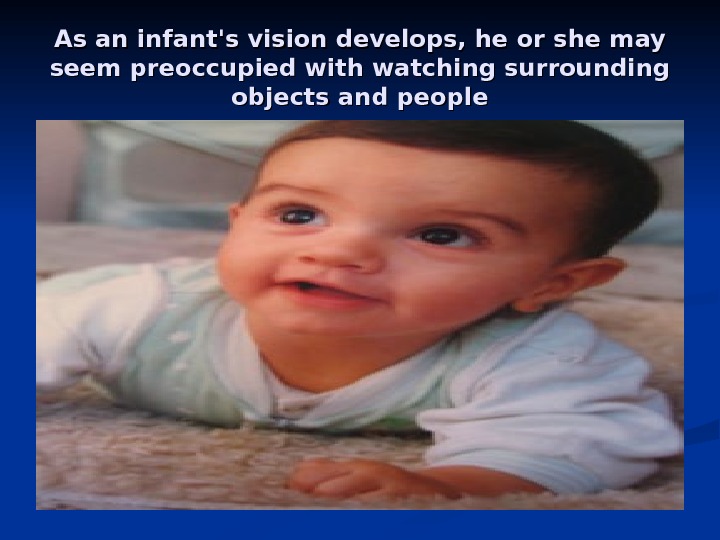
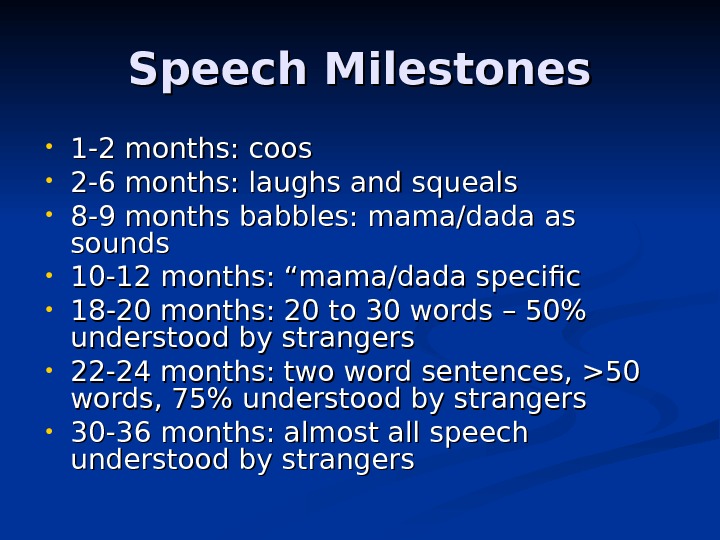


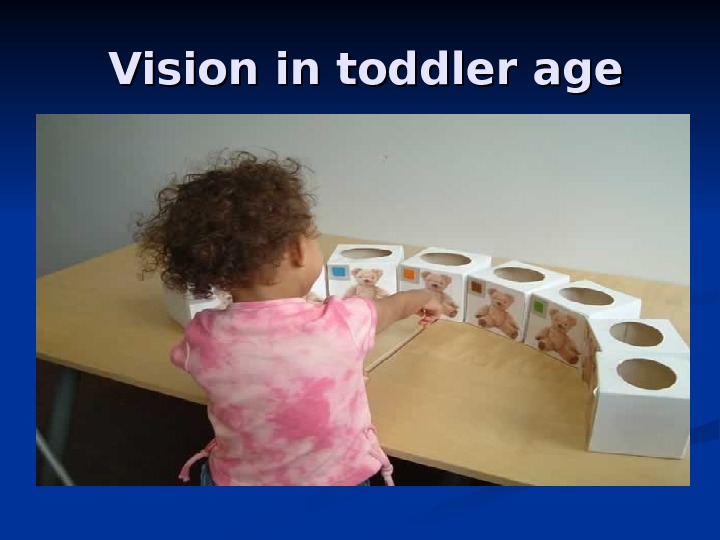
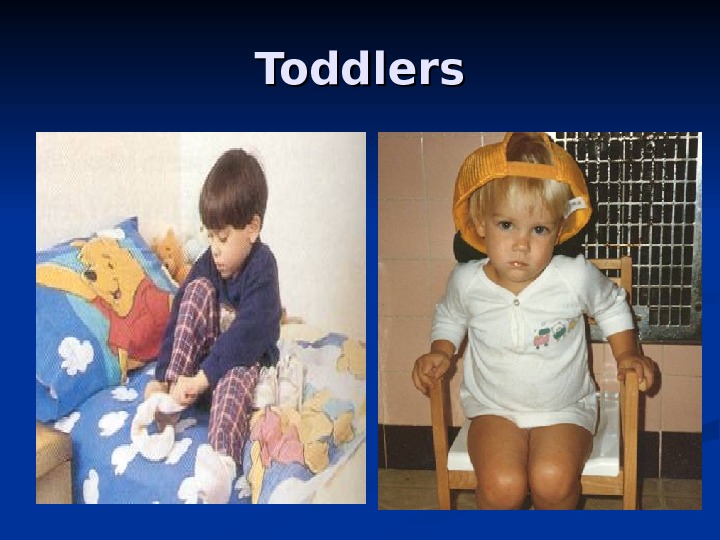
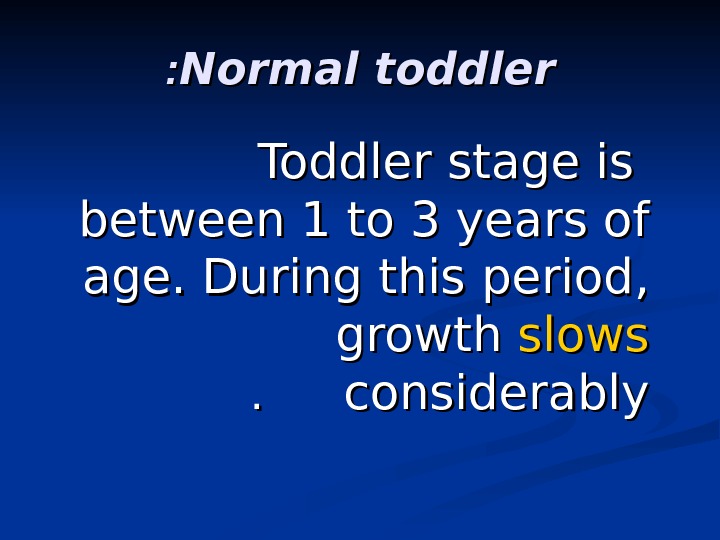
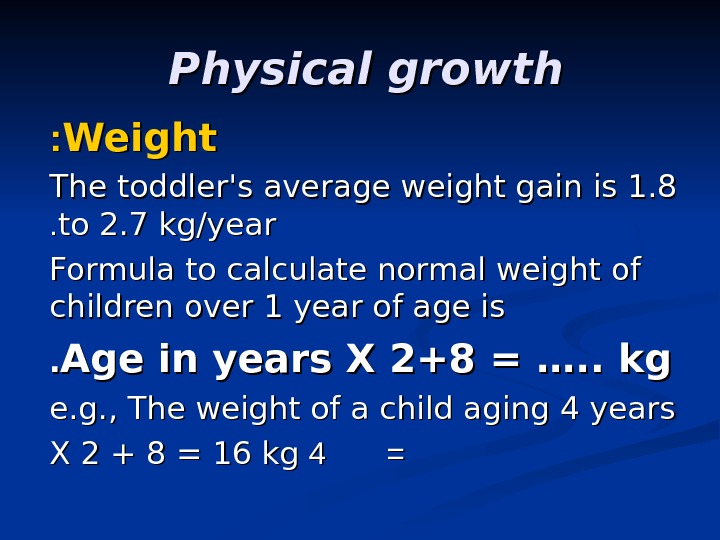
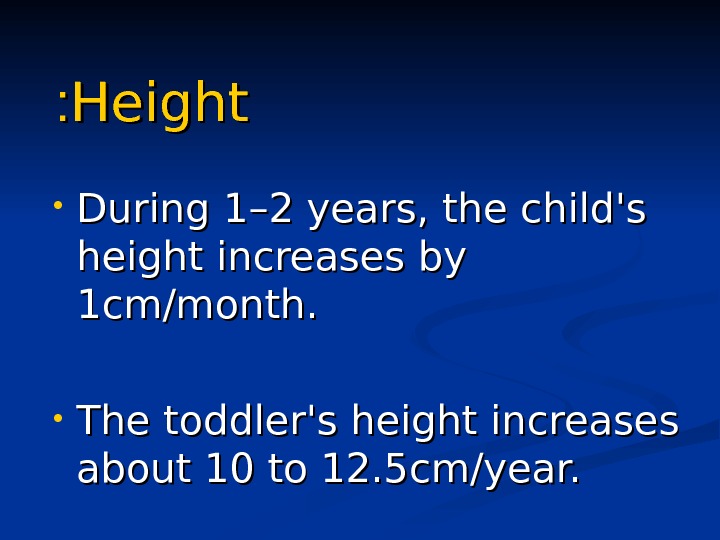
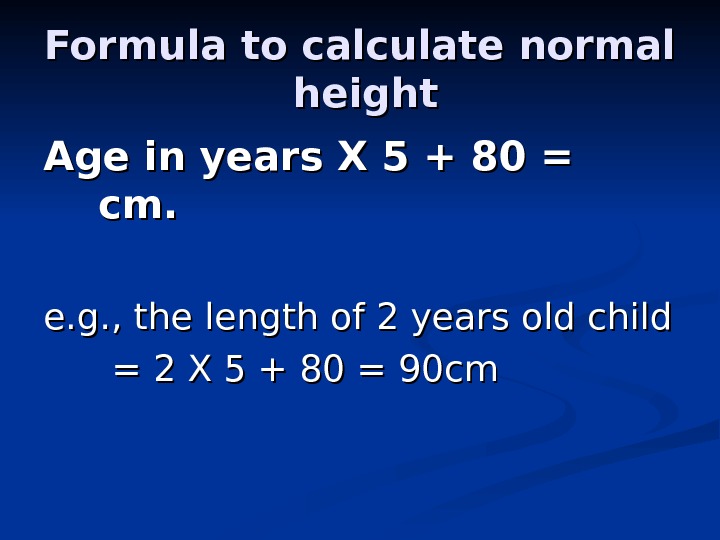
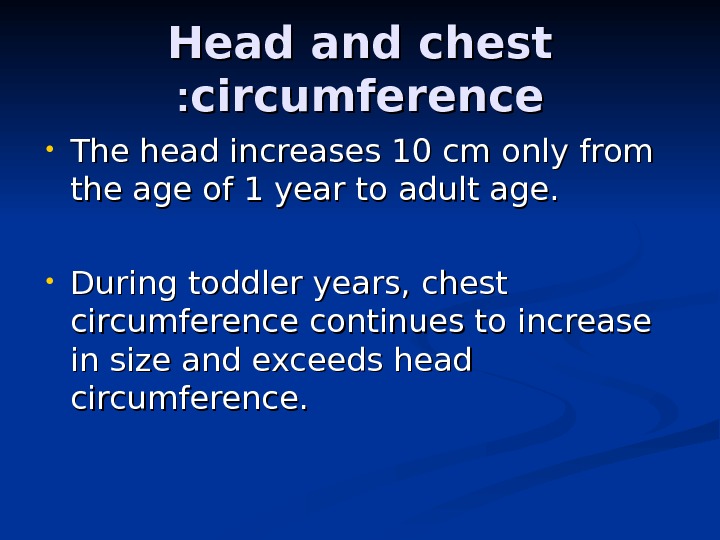
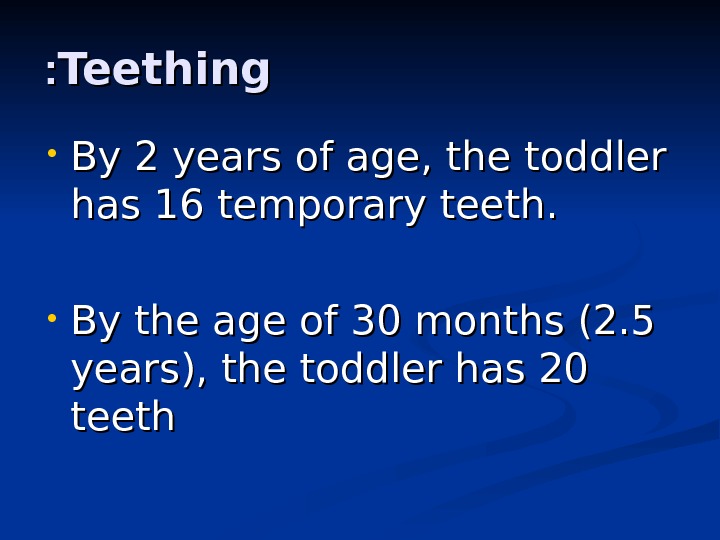
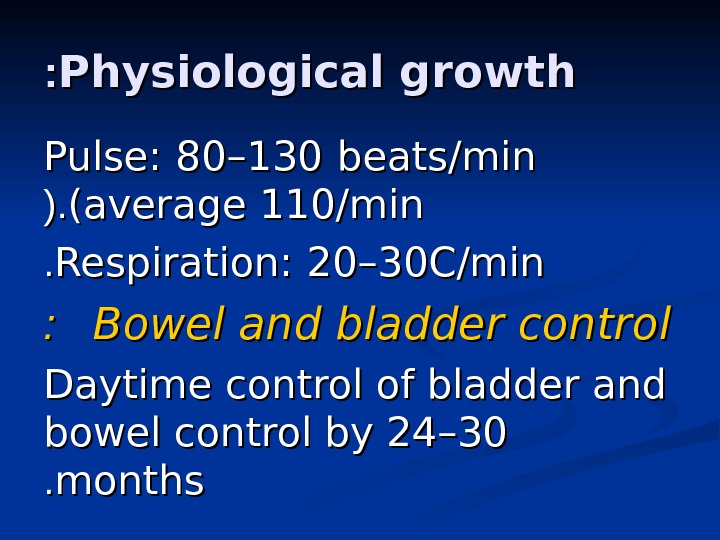

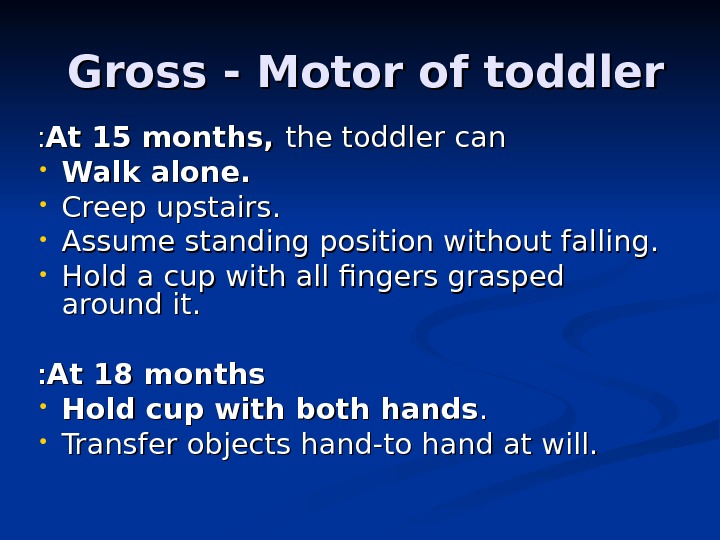
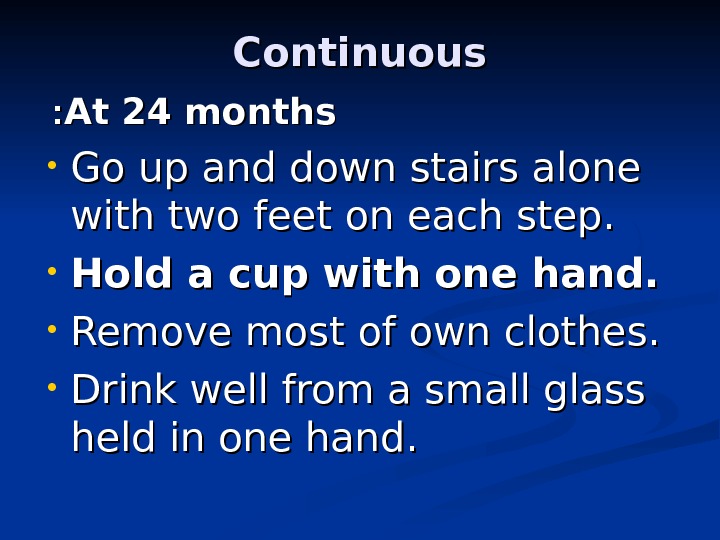
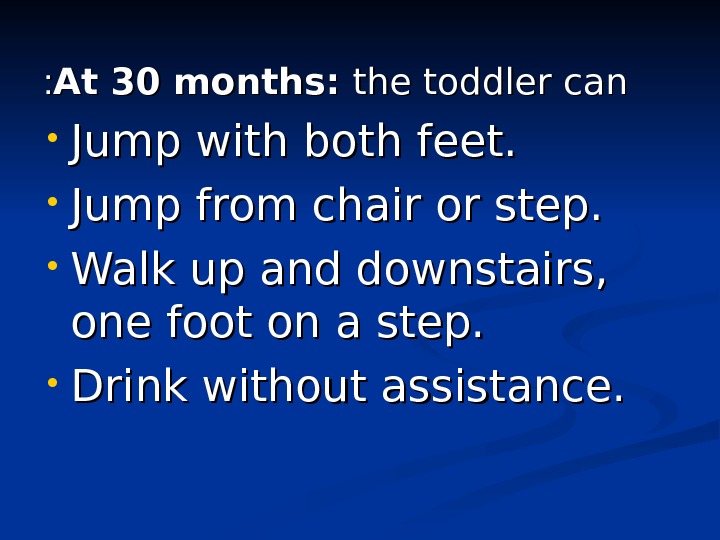
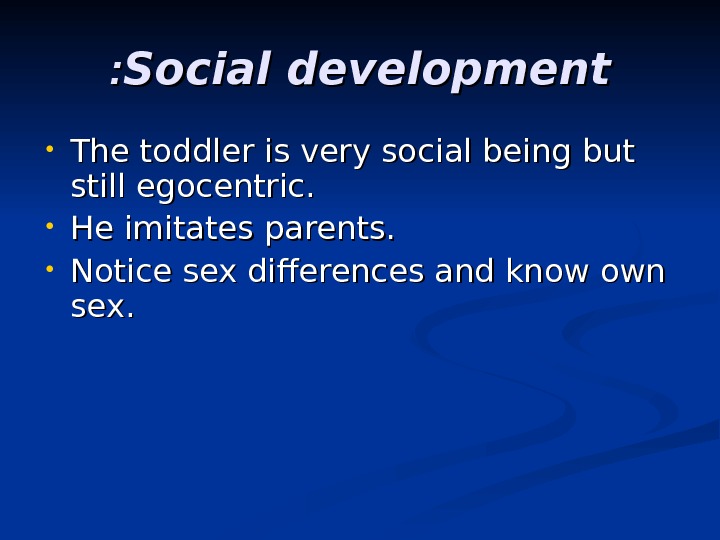
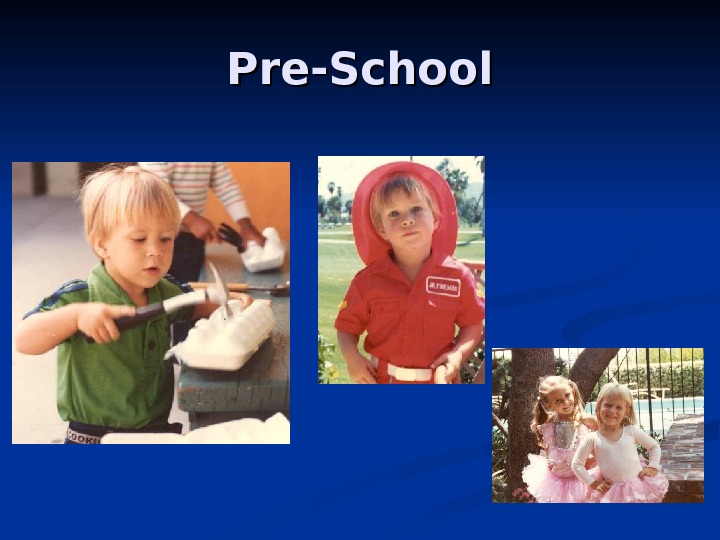
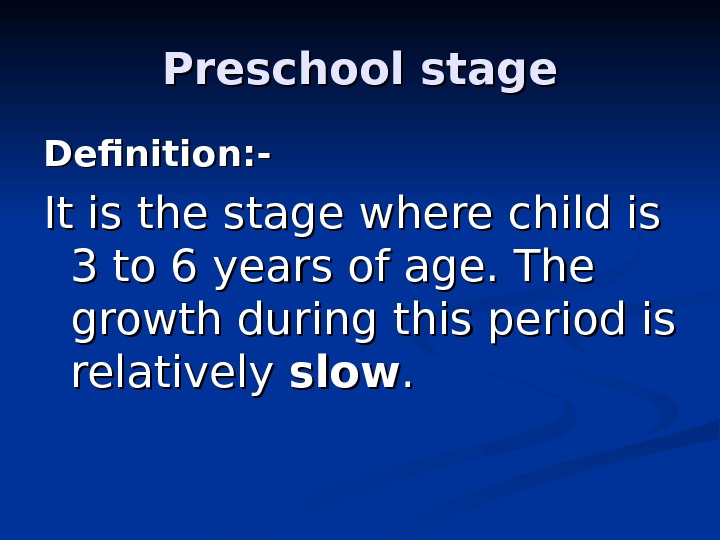
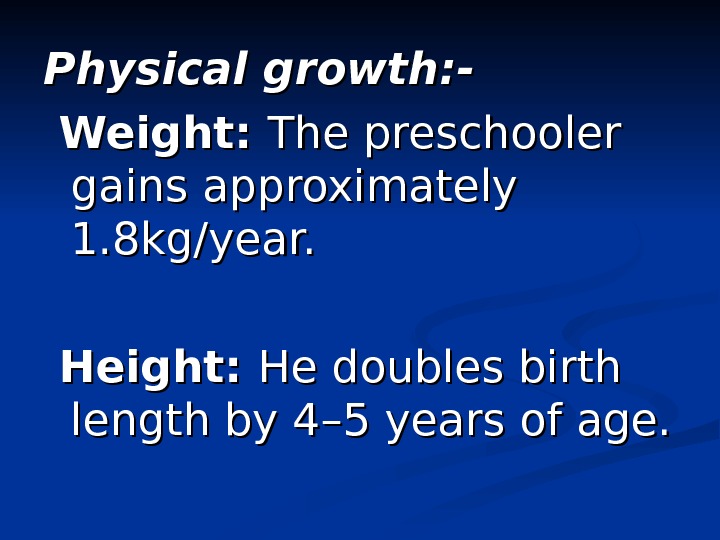
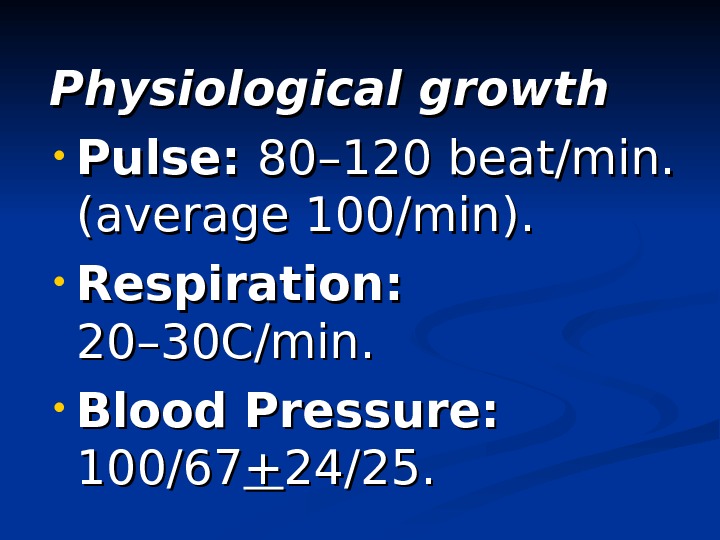
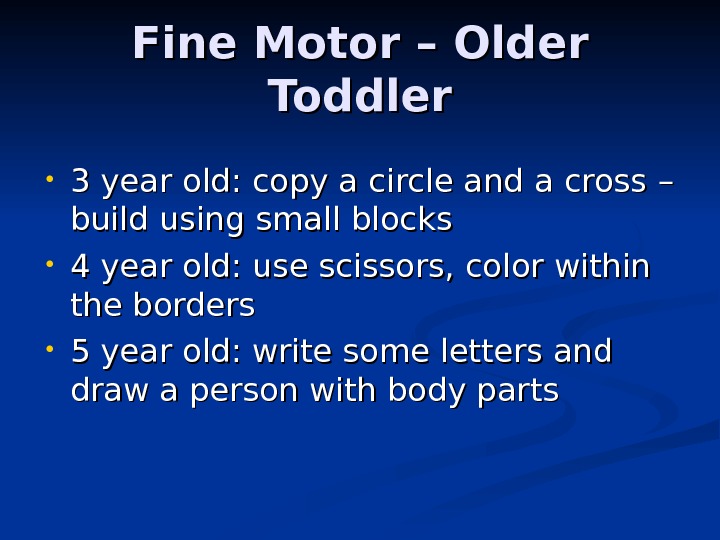
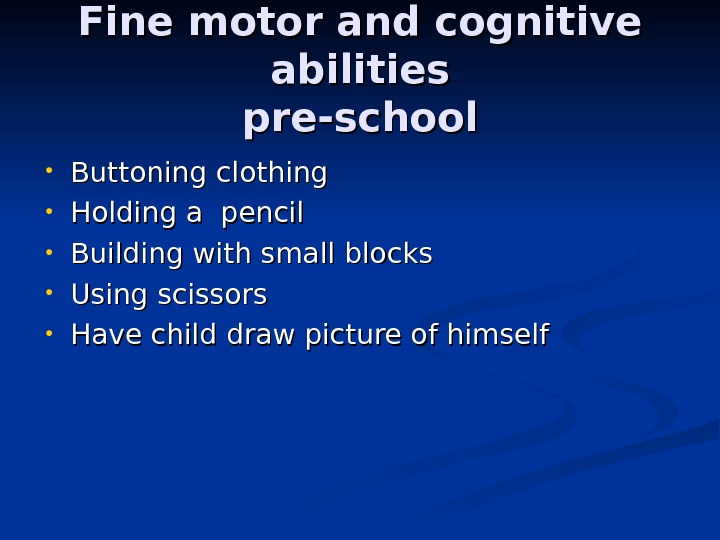
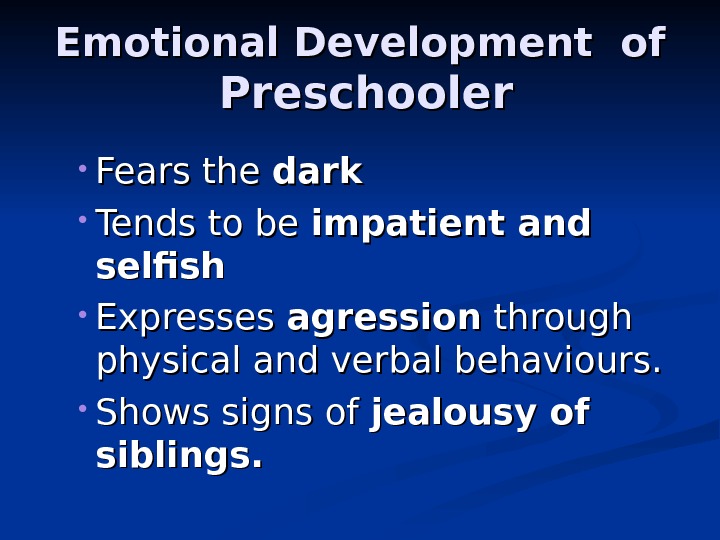
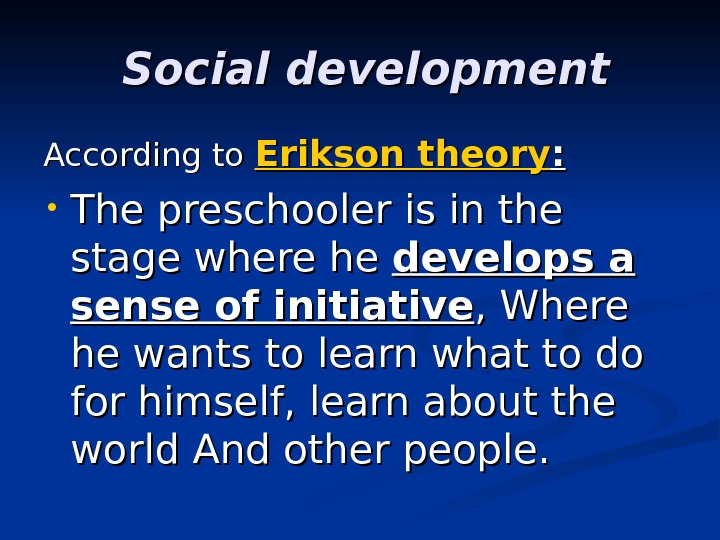
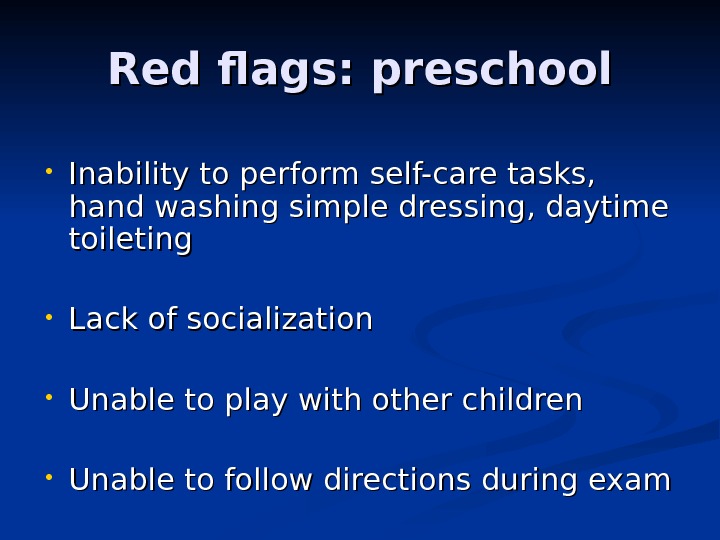

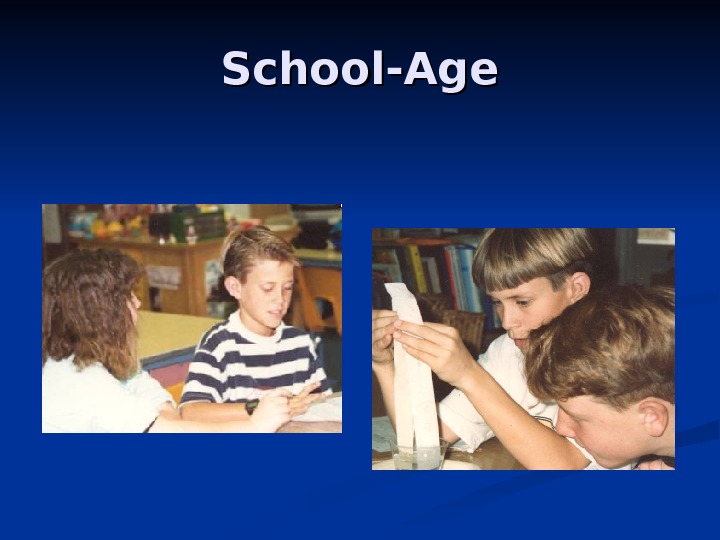
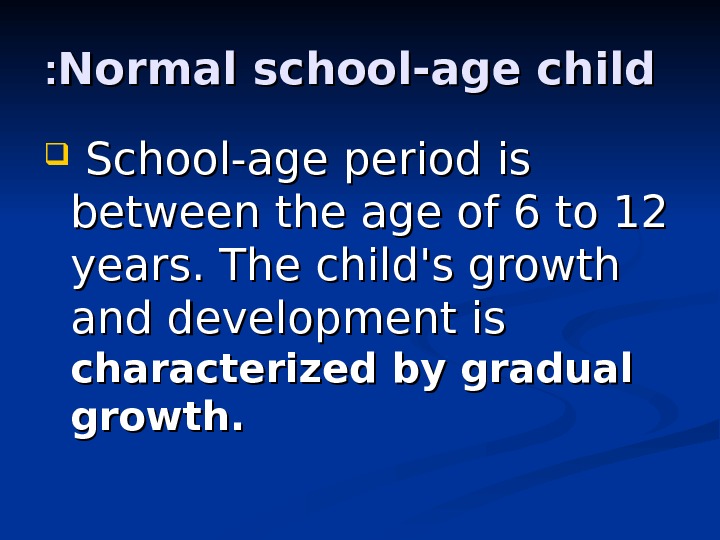
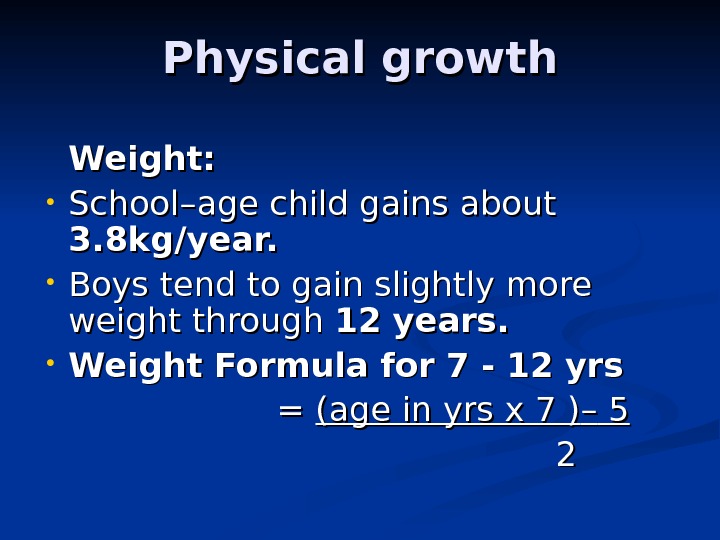

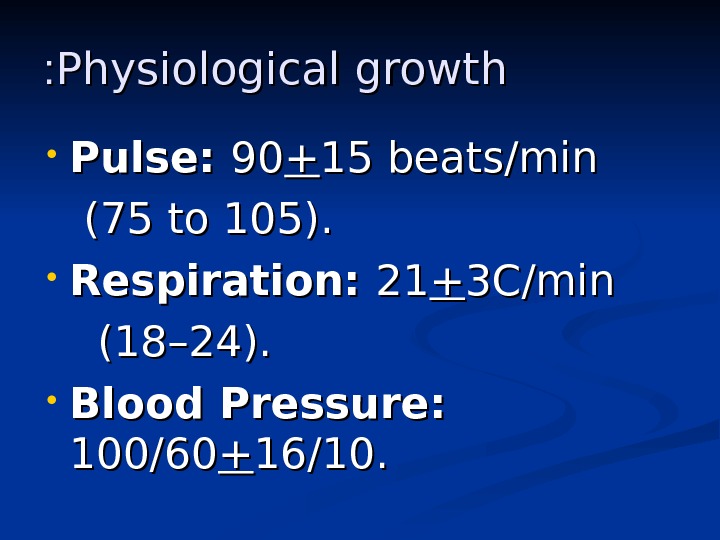
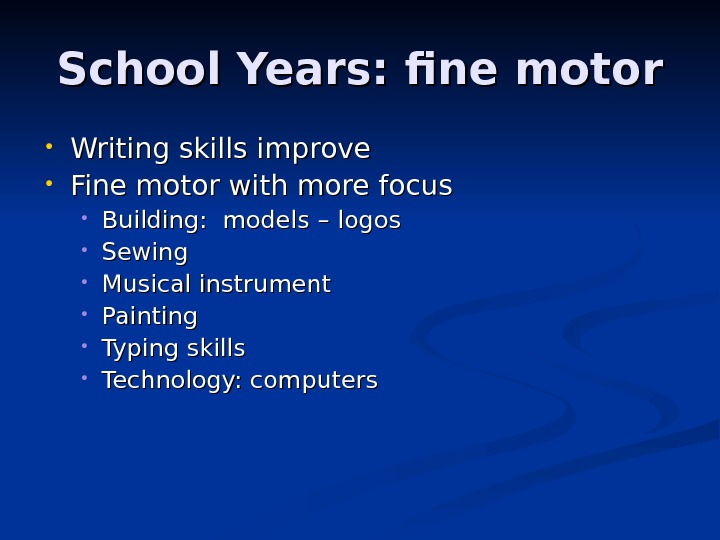
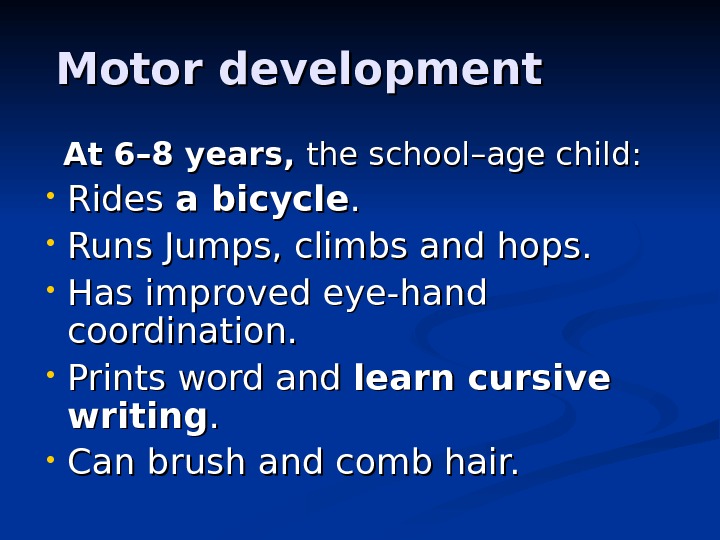
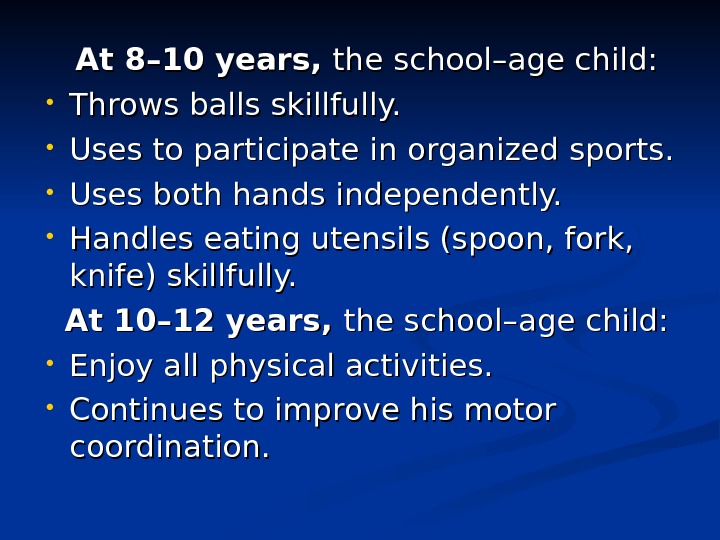
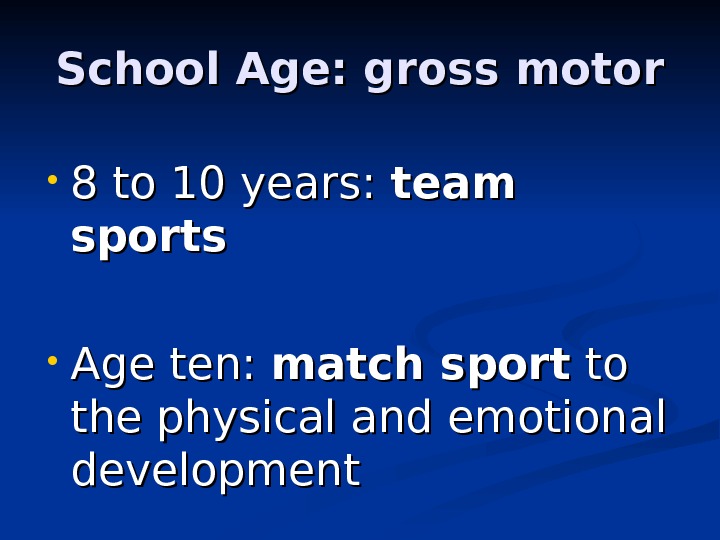
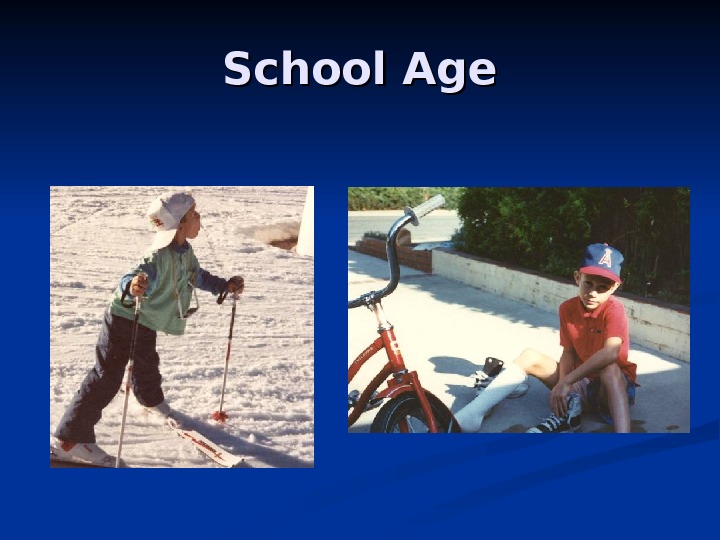
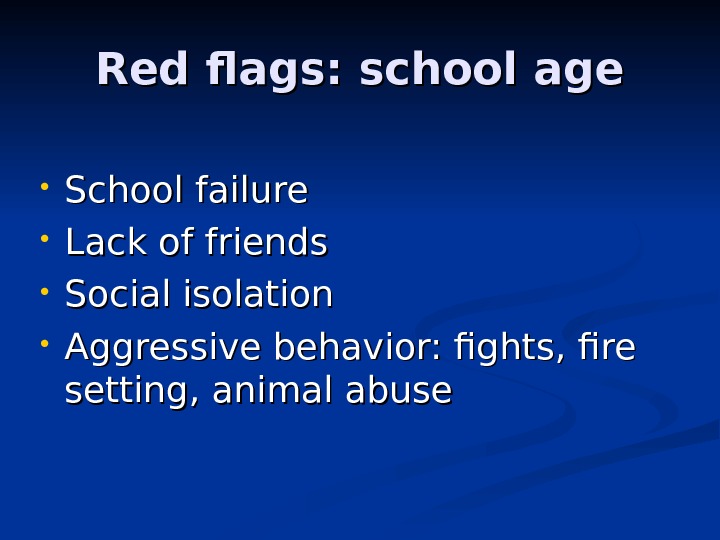
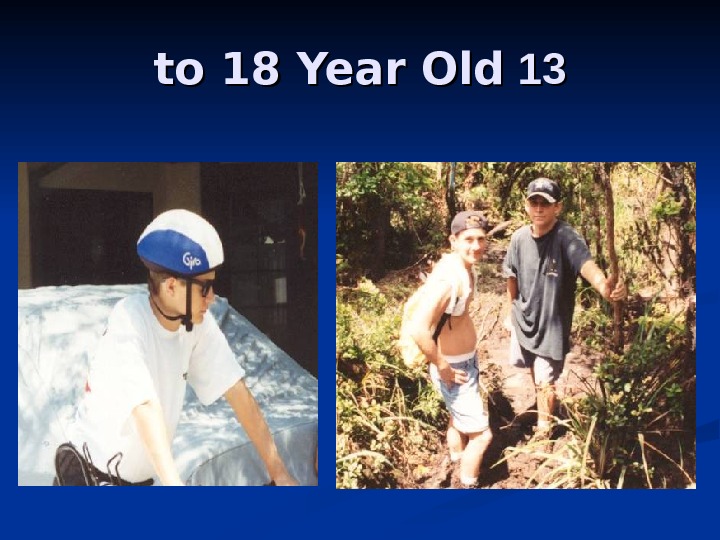
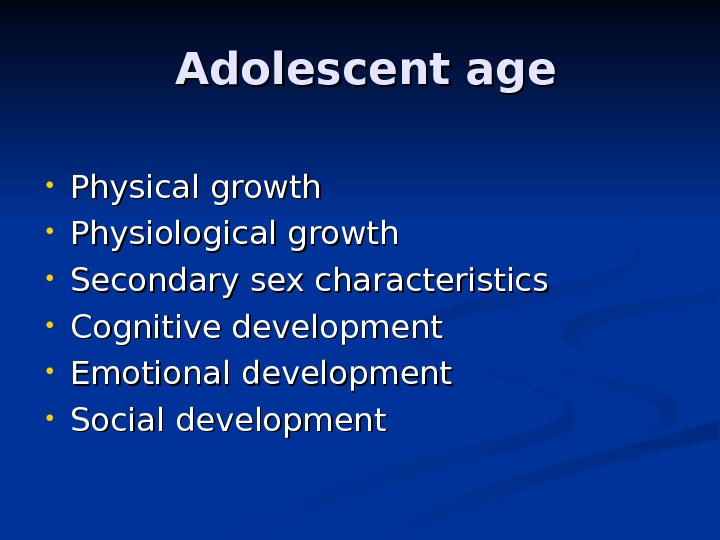
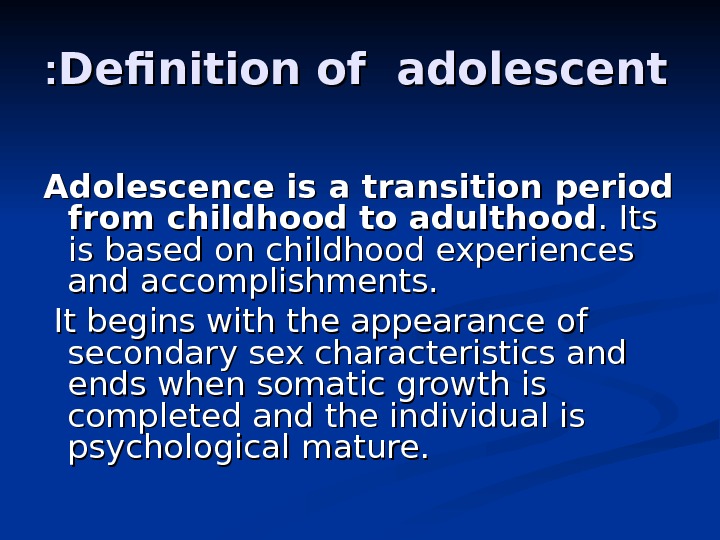

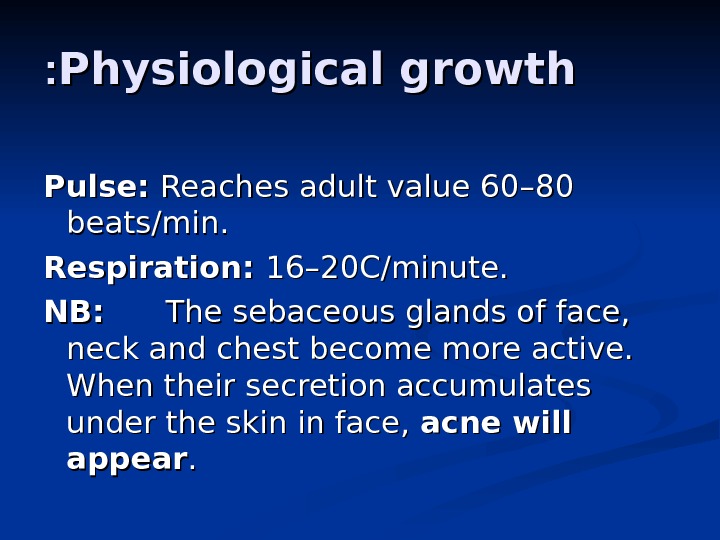
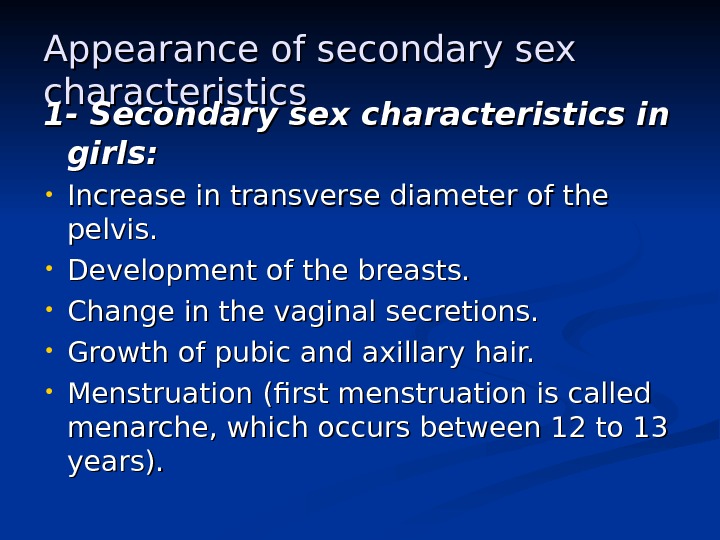
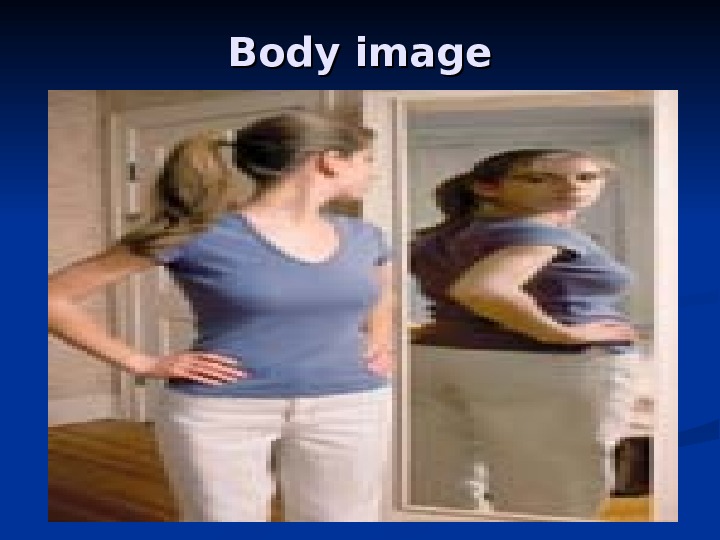
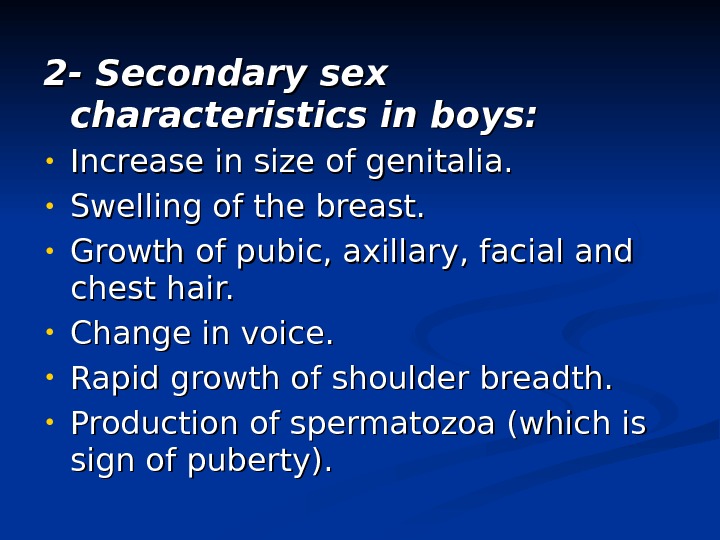
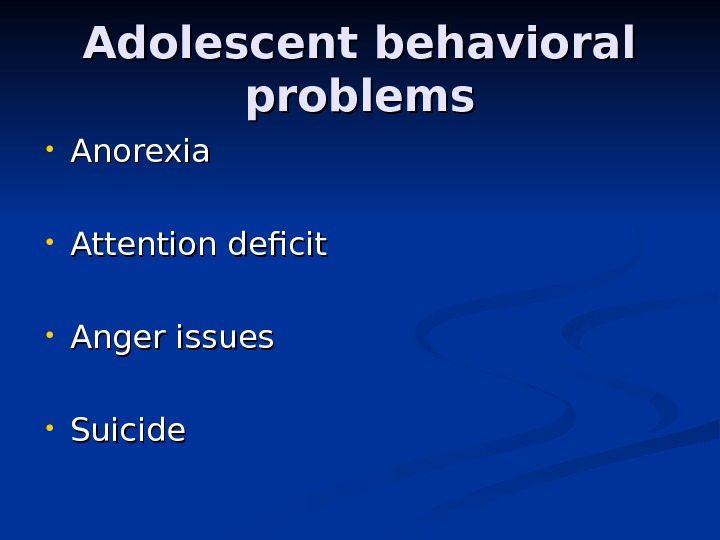
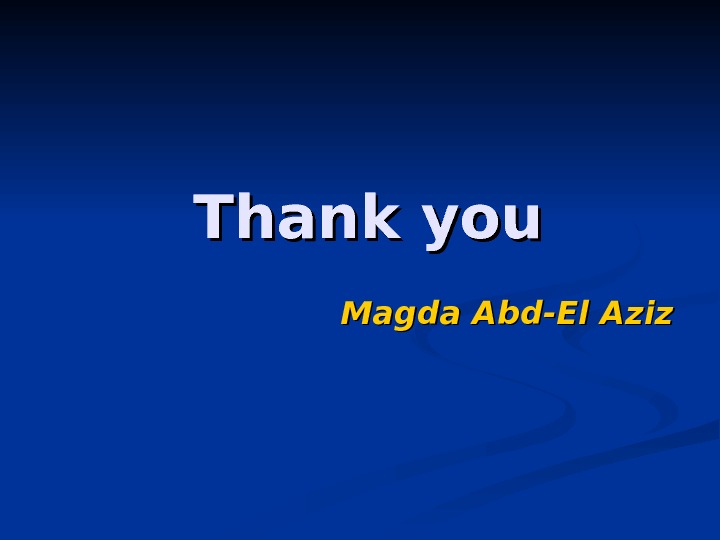
growth_and_development_of_children.ppt
- Размер: 1.8 Mегабайта
- Количество слайдов: 117
Описание презентации Growth and Development of Children Adele Piliterri, по слайдам
 Growth and Development of Children Adele Piliterri, Child Health Nursing , Lippincott
Growth and Development of Children Adele Piliterri, Child Health Nursing , Lippincott
 Growth refers to an increase in physical size of the whole body or any of its parts. . It is simply a quantitative change in the child ’’ s body. . It can be measured in Kg, pounds, meters, inches, ……. . etc
Growth refers to an increase in physical size of the whole body or any of its parts. . It is simply a quantitative change in the child ’’ s body. . It can be measured in Kg, pounds, meters, inches, ……. . etc
 Child Growth (Image: WHOWHO ((
Child Growth (Image: WHOWHO ((
 Changes in bodily proportions with ageage. .
Changes in bodily proportions with ageage. .
 Development • Development refers to a progressive increase in skill and capacity of function. • It is a qualitative change in the child ’’ s s functioning. • It can be measured through observation.
Development • Development refers to a progressive increase in skill and capacity of function. • It is a qualitative change in the child ’’ s s functioning. • It can be measured through observation.
 By understanding what to expect during each stage of development , , parents can easily capture the teachable moments in everyday life to enhance their child’s language development, intellectual growth, social development and motor skills. .
By understanding what to expect during each stage of development , , parents can easily capture the teachable moments in everyday life to enhance their child’s language development, intellectual growth, social development and motor skills. .
 Maturation • Increase in child ’’ s competence and adaptability. • It is describing the qualitative change in a structure. • The level of maturation depends on child ’’ s heredity.
Maturation • Increase in child ’’ s competence and adaptability. • It is describing the qualitative change in a structure. • The level of maturation depends on child ’’ s heredity.
 Principles of Growth & Development • Continuous process • Predictable Sequence • Don ’’ t progress at the same rate (↑ periods of GR in early childhood and adolescents & ↓ periods of GR in middle childhood) • Not all body parts grow in the same rate at the same time. • Each child grows in his/her own unique way. • Each stage of G&D is affected by the preceding types of development.
Principles of Growth & Development • Continuous process • Predictable Sequence • Don ’’ t progress at the same rate (↑ periods of GR in early childhood and adolescents & ↓ periods of GR in middle childhood) • Not all body parts grow in the same rate at the same time. • Each child grows in his/her own unique way. • Each stage of G&D is affected by the preceding types of development.
 Principles of Growth & Development G & D proceed in regular related directions : — Cephalo-caudal(head down to toes) — Proximodistal (center of the body to the peripheral) — General to specific
Principles of Growth & Development G & D proceed in regular related directions : — Cephalo-caudal(head down to toes) — Proximodistal (center of the body to the peripheral) — General to specific
 Growth Pattern
Growth Pattern
 Growth Patterns The child ’’ s pattern of growth is in a head-to-toe direction, or cephalocaudal , and in an inward to outward pattern called proximodistal. .
Growth Patterns The child ’’ s pattern of growth is in a head-to-toe direction, or cephalocaudal , and in an inward to outward pattern called proximodistal. .
 Factors affecting growth and development: • Hereditary • Environmental factors Pre-natal environment 1 -Factors related to mothers during pregnancy : : — Nutritional deficiencies — Diabetic mother — Exposure to radiation — Infection with German measles — Smoking — Use of drugs
Factors affecting growth and development: • Hereditary • Environmental factors Pre-natal environment 1 -Factors related to mothers during pregnancy : : — Nutritional deficiencies — Diabetic mother — Exposure to radiation — Infection with German measles — Smoking — Use of drugs
 2 -Factors related to fetus • Mal-position in uterus • Faulty placental implantation Post-Natal Environment I — External environment : : — socio-economic status of the family — child ’’ s nutrition — climate and season — child ’’ s ordinal position in the family — Number of siblings in the family — Family structure (single parent or extended family …… ) )
2 -Factors related to fetus • Mal-position in uterus • Faulty placental implantation Post-Natal Environment I — External environment : : — socio-economic status of the family — child ’’ s nutrition — climate and season — child ’’ s ordinal position in the family — Number of siblings in the family — Family structure (single parent or extended family …… ) )
 Internal environment • Child ’’ s intelligence • Hormonal influences • Emotions
Internal environment • Child ’’ s intelligence • Hormonal influences • Emotions
 Types of growth and development Types of growth: — Physical growth (Ht, Wt, head & chest circumference) — Physiological growth (vital signs …… )) Types of development: — Motor development — Cognitive development — Emotional development — Social development
Types of growth and development Types of growth: — Physical growth (Ht, Wt, head & chest circumference) — Physiological growth (vital signs …… )) Types of development: — Motor development — Cognitive development — Emotional development — Social development
 Stages of Growth and Development • Prenatal — Embryonic (conception- 8 w)w) — Fetal stage (8 -40 or 42 w) • Infancy — Neonate — Birth to end of 1 month — Infancy — 1 month to end of 1 year • Early Childhood — Toddler — 1 -3 years — Preschool — 3 -6 years • Middle Childhood — School age — 6 to 12 years • Late Childhood — Adolescent — 13 years to approximately 18 years
Stages of Growth and Development • Prenatal — Embryonic (conception- 8 w)w) — Fetal stage (8 -40 or 42 w) • Infancy — Neonate — Birth to end of 1 month — Infancy — 1 month to end of 1 year • Early Childhood — Toddler — 1 -3 years — Preschool — 3 -6 years • Middle Childhood — School age — 6 to 12 years • Late Childhood — Adolescent — 13 years to approximately 18 years
 11 — — Newborn stage is the first 4 weeks or first month of life. It is a transitional period from intrauterine life to extra uterine environment. .
11 — — Newborn stage is the first 4 weeks or first month of life. It is a transitional period from intrauterine life to extra uterine environment. .
 Normal Newborn Infant Physical growth — Weight = 2. 700 –– 4 kg — Wt loss 5% -10% by 3 -4 days after birth — Wt gain by 10 thth days of life — Gain ¾¾ kg by the end of the 1 stst month
Normal Newborn Infant Physical growth — Weight = 2. 700 –– 4 kg — Wt loss 5% -10% by 3 -4 days after birth — Wt gain by 10 thth days of life — Gain ¾¾ kg by the end of the 1 stst month
 Weight: They loose 5 % to 10 % of weight by 3 -4 days after birth as result of : Withdrawal of hormones from mother. Loss of excessive extra cellular fluid. Passage of meconium (feces) and urine. Limited food intake.
Weight: They loose 5 % to 10 % of weight by 3 -4 days after birth as result of : Withdrawal of hormones from mother. Loss of excessive extra cellular fluid. Passage of meconium (feces) and urine. Limited food intake.
 Height • Boys average Ht = 50 cm • Girls average Ht = 49 cm • Normal range for both (47. 5 — 53. 75 cm) Head circumference 33 -35 cm Skull has 2 fontanels (anterior & posterior)
Height • Boys average Ht = 50 cm • Girls average Ht = 49 cm • Normal range for both (47. 5 — 53. 75 cm) Head circumference 33 -35 cm Skull has 2 fontanels (anterior & posterior)
 Anterior fontanel • Diamond in shape • The junction of the sagittal, corneal and frontal sutures forms it • Between 2 frontal & 2 parietal bones • 3 -4 cm in length and 2 -3 cm width • It closes at 12 -18 months of age
Anterior fontanel • Diamond in shape • The junction of the sagittal, corneal and frontal sutures forms it • Between 2 frontal & 2 parietal bones • 3 -4 cm in length and 2 -3 cm width • It closes at 12 -18 months of age

 Posterior fontanel • Triangular • Located between occipital & 2 parietal bones • Closes by the end of the 1 stst month of ageage
Posterior fontanel • Triangular • Located between occipital & 2 parietal bones • Closes by the end of the 1 stst month of ageage
 Chest circumference It is 30. 5 to 33 cm (usually 2 –– 3 cm less than head circumference).
Chest circumference It is 30. 5 to 33 cm (usually 2 –– 3 cm less than head circumference).
 Physiological growth • Vital signs — — Temperature (36. 3 to 37. 2 C ). — Pulse ( 120 to 160 b/min ). — Respiration ( 35 to 50 C/min).
Physiological growth • Vital signs — — Temperature (36. 3 to 37. 2 C ). — Pulse ( 120 to 160 b/min ). — Respiration ( 35 to 50 C/min).

 Simulation for vital signs
Simulation for vital signs
 APGAR scoring chart
APGAR scoring chart

 Newborn Senses
Newborn Senses
 • Senses — Touch — Vision — Hearing — Taste — Smell
• Senses — Touch — Vision — Hearing — Taste — Smell
 Touch • It is the most highly developed sense. • It is mostly at lips, tongue, ears, and forehead. • The newborn is usually comfortable with touch.
Touch • It is the most highly developed sense. • It is mostly at lips, tongue, ears, and forehead. • The newborn is usually comfortable with touch.
 Vision • Pupils react to light • Bright lights appear to be unpleasant to newborn infant. • Follow objects in line of vision
Vision • Pupils react to light • Bright lights appear to be unpleasant to newborn infant. • Follow objects in line of vision
 Hearing • The newborn infant usually makes some response to sound from birth. • Ordinary sounds are heard well before 10 days of life. • The newborn infant responds to sounds with either cry or eye movement, cessation of activity and / or startle reaction.
Hearing • The newborn infant usually makes some response to sound from birth. • Ordinary sounds are heard well before 10 days of life. • The newborn infant responds to sounds with either cry or eye movement, cessation of activity and / or startle reaction.
 Taste Well developed as bitter and sour fluids are resisted while sweet fluids are accepted. Smell Only evidence in newborn infant ’’ s search for the nipple, as he smell breast milk.
Taste Well developed as bitter and sour fluids are resisted while sweet fluids are accepted. Smell Only evidence in newborn infant ’’ s search for the nipple, as he smell breast milk.
 Normal Newborn Infant
Normal Newborn Infant
 Gross Motor Development Motor development: The newborn’s movement are random, diffuse and uncoordinated. Reflexes carry out bodily functions and responses to external stimuli.
Gross Motor Development Motor development: The newborn’s movement are random, diffuse and uncoordinated. Reflexes carry out bodily functions and responses to external stimuli.
 Fine motor development • Holds hand in fist • When crying, he draws arms and legs to body
Fine motor development • Holds hand in fist • When crying, he draws arms and legs to body
 Reflexes • Swallowing • Gagging • Sucking • Grasp • Tonic-neck
Reflexes • Swallowing • Gagging • Sucking • Grasp • Tonic-neck
 One month-Reflexes
One month-Reflexes
 Emotional development The newborn infant expresses his emotion just through cry for hunger, pain or discomfort sensation
Emotional development The newborn infant expresses his emotion just through cry for hunger, pain or discomfort sensation
 Infancy
Infancy
 Sitting Up Age 2 months Age 8 months
Sitting Up Age 2 months Age 8 months
 Ambulation 13 month old Nine to 12 -months
Ambulation 13 month old Nine to 12 -months
 Fine Motor Development in infancy 6 -month-old 12 -month-old
Fine Motor Development in infancy 6 -month-old 12 -month-old
 Definition of normal infant : -: — It is the period which starts at the end of the first month up to the end of the first year of age. Infant’s growth and development during this period are rapid. .
Definition of normal infant : -: — It is the period which starts at the end of the first month up to the end of the first year of age. Infant’s growth and development during this period are rapid. .
 Physical growth of normal infant Weight : the infant gains : — Birth to 4 months → ¾ kg /month — 5 to 8 months → ½ kg / month — 9 to 12 months → ¼ kg /month The infant will double his birth wt by 4 -5 months and triple it by 10 -12 months of age
Physical growth of normal infant Weight : the infant gains : — Birth to 4 months → ¾ kg /month — 5 to 8 months → ½ kg / month — 9 to 12 months → ¼ kg /month The infant will double his birth wt by 4 -5 months and triple it by 10 -12 months of age
 Calculating infant ’’ s s weight Infants from 3 to 12 months Weight = Age in months + 9 2 2 Wt of 7 months old infant = 7+9 = 8 kg
Calculating infant ’’ s s weight Infants from 3 to 12 months Weight = Age in months + 9 2 2 Wt of 7 months old infant = 7+9 = 8 kg
 Height • Length increases about 3 cm /month during the 1 stst 3 months of age, • then it increases 2 cm /month at age of 4 -6 months, • Then, at 7 –– 12 months, it increases 1 ½½ cm per month
Height • Length increases about 3 cm /month during the 1 stst 3 months of age, • then it increases 2 cm /month at age of 4 -6 months, • Then, at 7 –– 12 months, it increases 1 ½½ cm per month
 Head circumference • It increases about 2 cm /month during the 1 stst 3 months, • Then, ½½ cm/month during the 2 ndnd 9 9 months of age. • Posterior fontanel closes by 6 -8 w of age. • Anterior fontanel closes by 12 -18 months of age.
Head circumference • It increases about 2 cm /month during the 1 stst 3 months, • Then, ½½ cm/month during the 2 ndnd 9 9 months of age. • Posterior fontanel closes by 6 -8 w of age. • Anterior fontanel closes by 12 -18 months of age.
 Chest circumference By the end of the 1 stst year, it will be equal to head circumference. Physiological growth of infants: — Pulse 110 -150 b/min Resp 35 ± 10 c/min Breath through nose. Blood pressure 80/50 ± 20/10 mm. Hg
Chest circumference By the end of the 1 stst year, it will be equal to head circumference. Physiological growth of infants: — Pulse 110 -150 b/min Resp 35 ± 10 c/min Breath through nose. Blood pressure 80/50 ± 20/10 mm. Hg


 Dentition : : Eruption of teeth starts by 5 –– 6 6 months of age. It is called «Milky teeth» or «Deciduous teeth» or «Temporary teeth».
Dentition : : Eruption of teeth starts by 5 –– 6 6 months of age. It is called «Milky teeth» or «Deciduous teeth» or «Temporary teeth».
 Average for teeth eruption : : • Lower central incisors • Upper lateral incisors • Lower first molars • Upper first molars • Lower cuspids • Upper cuspids • Lower 2 nd molars • Upper 2 nd molars • Erupt at 6 months • Erupt at 7. 5 months • Erupt at 9 months • Erupt at 11 months • Erupt at 12 months • Erupt at 14 months • Erupt at 16 months • Erupt at 18 months • Erupt at 20 months • Erupt at 24 months.
Average for teeth eruption : : • Lower central incisors • Upper lateral incisors • Lower first molars • Upper first molars • Lower cuspids • Upper cuspids • Lower 2 nd molars • Upper 2 nd molars • Erupt at 6 months • Erupt at 7. 5 months • Erupt at 9 months • Erupt at 11 months • Erupt at 12 months • Erupt at 14 months • Erupt at 16 months • Erupt at 18 months • Erupt at 20 months • Erupt at 24 months.
 Motor Development • At 2 months • Hold head erects in mid-position. • Turn from side back. • At 3 months, the infant can • Hold head erects and steady. • Open or close hand loosely. • Hold object put in hand
Motor Development • At 2 months • Hold head erects in mid-position. • Turn from side back. • At 3 months, the infant can • Hold head erects and steady. • Open or close hand loosely. • Hold object put in hand
 Head Control Newborn Age 6 months
Head Control Newborn Age 6 months
 At 4 months, the infant cancan : : • Sit with adequate support. . • Roll over from front to back. • Hold head erect and steady while in sitting position. • Bring hands together in midline and plays with fingers. • Grasp objects with both hands.
At 4 months, the infant cancan : : • Sit with adequate support. . • Roll over from front to back. • Hold head erect and steady while in sitting position. • Bring hands together in midline and plays with fingers. • Grasp objects with both hands.
 At 5 months, the infant cancan : : • Balance head well when sitting. • Site with slight support. • Pull feet up to mouth when supine. • Grasp objects with whole hand (Rt. or Lt. ). • Hold one object while looking at another
At 5 months, the infant cancan : : • Balance head well when sitting. • Site with slight support. • Pull feet up to mouth when supine. • Grasp objects with whole hand (Rt. or Lt. ). • Hold one object while looking at another
 At 6 months, the infant cancan : : • Sit alone briefly. • Turn completely over ( abdomen to abdomen ). • Lift chest and upper abdomen when prone. • Hold own bottle.
At 6 months, the infant cancan : : • Sit alone briefly. • Turn completely over ( abdomen to abdomen ). • Lift chest and upper abdomen when prone. • Hold own bottle.
 At 7 months, the infant cancan : : • Sit alone. • Hold cup. • Imitate simple acts of others.
At 7 months, the infant cancan : : • Sit alone. • Hold cup. • Imitate simple acts of others.
 At 8 months, the infant cancan : : • Site alone steadily. • Drink from cup with assistance. • Eat finger food that can be held in one hand.
At 8 months, the infant cancan : : • Site alone steadily. • Drink from cup with assistance. • Eat finger food that can be held in one hand.
 At 9 months, the infant cancan : : • Rise to sitting position alone. • Crawl (i. e. , pull body while in prone position). • Hold one bottle with good hand-mouth coordination
At 9 months, the infant cancan : : • Rise to sitting position alone. • Crawl (i. e. , pull body while in prone position). • Hold one bottle with good hand-mouth coordination
 At 10 months, the infant cancan : : • Creep well (use hands and legs). • Walk but with help. • Bring the hands together. At 11 months , the infant can: • Walk holding on furniture. • Stand erect with minimal support
At 10 months, the infant cancan : : • Creep well (use hands and legs). • Walk but with help. • Bring the hands together. At 11 months , the infant can: • Walk holding on furniture. • Stand erect with minimal support
 At 12 months , the infant cancan : : • Stand-alone for variable length of time. • Site down from standing position alone. • Walk in few steps with help or alone (hands held at shoulder height for balance). • Pick up small bits of food and transfers them to his mouth
At 12 months , the infant cancan : : • Stand-alone for variable length of time. • Site down from standing position alone. • Walk in few steps with help or alone (hands held at shoulder height for balance). • Pick up small bits of food and transfers them to his mouth
 Ambulation(motor growth (( • 9 month old: crawl • 10 month old: creep • 1 year: stand independently from a crawl & creep position • 13 month old: walk and toddle quickly • 15 month old: can run
Ambulation(motor growth (( • 9 month old: crawl • 10 month old: creep • 1 year: stand independently from a crawl & creep position • 13 month old: walk and toddle quickly • 15 month old: can run
 Emotional development : : • His emotions are instable, where it is rapidly changes from crying to laughter. • His affection for or love family members appears. • By 10 months , he expresses several beginning recognizable emotions, such as anger, sadness, pleasure, jealousy, anxiety and affection. • By 12 months of age, these emotions are clearly distinguishable.
Emotional development : : • His emotions are instable, where it is rapidly changes from crying to laughter. • His affection for or love family members appears. • By 10 months , he expresses several beginning recognizable emotions, such as anger, sadness, pleasure, jealousy, anxiety and affection. • By 12 months of age, these emotions are clearly distinguishable.
 Social development • He He learns that crying brings attention. • The infant smiles in response to smile of others. . • The infant shows fear of stranger (stranger anxiety). • He responds socially to his name. • According to Erikson, the infant develops sense of trust. . Through the infant’s interaction with caregiver (mainly the mother), especially during feeding, he learns to trust others through the relief of basic needs.
Social development • He He learns that crying brings attention. • The infant smiles in response to smile of others. . • The infant shows fear of stranger (stranger anxiety). • He responds socially to his name. • According to Erikson, the infant develops sense of trust. . Through the infant’s interaction with caregiver (mainly the mother), especially during feeding, he learns to trust others through the relief of basic needs.
 As an infant’s vision develops, he or she may seem preoccupied with watching surrounding objects and people
As an infant’s vision develops, he or she may seem preoccupied with watching surrounding objects and people
 Speech Milestones • 1 -2 months: coos • 2 -6 months: laughs and squeals • 8 -9 months babbles: mama/dada as sounds • 10 -12 months: ““ mama/dada specific • 18 -20 months: 20 to 30 words –– 50% understood by strangers • 22 -24 months: two word sentences, >50 words, 75% understood by strangers • 30 -36 months: almost all speech understood by strangers
Speech Milestones • 1 -2 months: coos • 2 -6 months: laughs and squeals • 8 -9 months babbles: mama/dada as sounds • 10 -12 months: ““ mama/dada specific • 18 -20 months: 20 to 30 words –– 50% understood by strangers • 22 -24 months: two word sentences, >50 words, 75% understood by strangers • 30 -36 months: almost all speech understood by strangers
 Hearing • BAER hearing test done at birth • Ability to hear correlates with ability enunciate words properly • Always ask about history of otitis media –– ear aiding devices. • Early referral to MD to assess for possible fluid in ears (effusion) • Repeat hearing screening test • Speech therapist as needed
Hearing • BAER hearing test done at birth • Ability to hear correlates with ability enunciate words properly • Always ask about history of otitis media –– ear aiding devices. • Early referral to MD to assess for possible fluid in ears (effusion) • Repeat hearing screening test • Speech therapist as needed
 Red Flags in infant development • Unable to sit alone by age 9 months • Unable to transfer objects from hand to hand by age 1 year • Abnormal pincer grip or grasp by age 15 months • Unable to walk alone by 18 months • Failure to speak recognizable words by 2 years.
Red Flags in infant development • Unable to sit alone by age 9 months • Unable to transfer objects from hand to hand by age 1 year • Abnormal pincer grip or grasp by age 15 months • Unable to walk alone by 18 months • Failure to speak recognizable words by 2 years.
 Vision in toddler age
Vision in toddler age
 Toddlers
Toddlers
 Normal toddler : : Toddler stage is between 1 to 3 years of age. During this period, growth slows considerably. .
Normal toddler : : Toddler stage is between 1 to 3 years of age. During this period, growth slows considerably. .
 Physical growth Weight : : The toddler’s average weight gain is 1. 8 to 2. 7 kg/year. . Formula to calculate normal weight of children over 1 year of age is Age in years X 2+8 = ……. . kg. . e. g. , The weight of a child aging 4 years = = 44 X 2 + 8 = 16 kg
Physical growth Weight : : The toddler’s average weight gain is 1. 8 to 2. 7 kg/year. . Formula to calculate normal weight of children over 1 year of age is Age in years X 2+8 = ……. . kg. . e. g. , The weight of a child aging 4 years = = 44 X 2 + 8 = 16 kg
 Height : : • During 1 –– 2 years, the child’s height increases by 1 cm/month. • The toddler’s height increases about 10 to 12. 5 cm/year.
Height : : • During 1 –– 2 years, the child’s height increases by 1 cm/month. • The toddler’s height increases about 10 to 12. 5 cm/year.
 Formula to calculate normal height Age in years X 5 + 80 = cm. e. g. , the length of 2 years old child = 2 X 5 + 80 = 90 cm
Formula to calculate normal height Age in years X 5 + 80 = cm. e. g. , the length of 2 years old child = 2 X 5 + 80 = 90 cm
 Head and chest circumference : : • The head increases 10 cm only from the age of 1 year to adult age. • During toddler years, chest circumference continues to increase in size and exceeds head circumference.
Head and chest circumference : : • The head increases 10 cm only from the age of 1 year to adult age. • During toddler years, chest circumference continues to increase in size and exceeds head circumference.
 Teething : : • By 2 years of age, the toddler has 16 temporary teeth. • By the age of 30 months (2. 5 years), the toddler has 20 teeth
Teething : : • By 2 years of age, the toddler has 16 temporary teeth. • By the age of 30 months (2. 5 years), the toddler has 20 teeth
 Physiological growth : : Pulse: 8080 –– 130130 beats/min (average 110/min (. (. Respiration: 2020 –– 30 C/min. . Bowel and bladder control : : Daytime control of bladder and bowel control by 24 –– 30 30 months. .
Physiological growth : : Pulse: 8080 –– 130130 beats/min (average 110/min (. (. Respiration: 2020 –– 30 C/min. . Bowel and bladder control : : Daytime control of bladder and bowel control by 24 –– 30 30 months. .
 Fine Motor — toddler • 1 year old: transfer objects from hand to hand • 2 year old: can hold a crayon and color vertical strokes • Turn the page of a book • Build a tower of six blocks • 3 year old: copy a circle and a cross –– build using small blocks
Fine Motor — toddler • 1 year old: transfer objects from hand to hand • 2 year old: can hold a crayon and color vertical strokes • Turn the page of a book • Build a tower of six blocks • 3 year old: copy a circle and a cross –– build using small blocks
 Gross — Motor of toddler At 15 months, the toddler can : : • Walk alone. • Creep upstairs. • Assume standing position without falling. • Hold a cup with all fingers grasped around it. At 18 months : : • Hold cup with both hands. . • Transfer objects hand-to hand at will.
Gross — Motor of toddler At 15 months, the toddler can : : • Walk alone. • Creep upstairs. • Assume standing position without falling. • Hold a cup with all fingers grasped around it. At 18 months : : • Hold cup with both hands. . • Transfer objects hand-to hand at will.
 Continuous At 24 months : : • Go up and down stairs alone with two feet on each step. • Hold a cup with one hand. • Remove most of own clothes. • Drink well from a small glass held in one hand.
Continuous At 24 months : : • Go up and down stairs alone with two feet on each step. • Hold a cup with one hand. • Remove most of own clothes. • Drink well from a small glass held in one hand.
 At 30 months: the toddler can : : • Jump with both feet. • Jump from chair or step. • Walk up and downstairs, one foot on a step. • Drink without assistance.
At 30 months: the toddler can : : • Jump with both feet. • Jump from chair or step. • Walk up and downstairs, one foot on a step. • Drink without assistance.
 Social development : : • The toddler is very social being but still egocentric. • He imitates parents. • Notice sex differences and know own sex.
Social development : : • The toddler is very social being but still egocentric. • He imitates parents. • Notice sex differences and know own sex.
 Pre-School
Pre-School
 Preschool stage Definition: — It is the stage where child is 3 to 6 years of age. The growth during this period is relatively slow. .
Preschool stage Definition: — It is the stage where child is 3 to 6 years of age. The growth during this period is relatively slow. .
 Physical growth: — Weight: The preschooler gains approximately 1. 8 kg/year. Height: He doubles birth length by 4 –– 5 years of age.
Physical growth: — Weight: The preschooler gains approximately 1. 8 kg/year. Height: He doubles birth length by 4 –– 5 years of age.
 Physiological growth • Pulse: 8080 –– 120 beat/min. (average 100/min). • Respiration: 2020 –– 30 C/min. • Blood Pressure: 100/67 ++ 24/25.
Physiological growth • Pulse: 8080 –– 120 beat/min. (average 100/min). • Respiration: 2020 –– 30 C/min. • Blood Pressure: 100/67 ++ 24/25.
 Fine Motor –– Older Toddler • 3 year old: copy a circle and a cross –– build using small blocks • 4 year old: use scissors, color within the borders • 5 year old: write some letters and draw a person with body parts
Fine Motor –– Older Toddler • 3 year old: copy a circle and a cross –– build using small blocks • 4 year old: use scissors, color within the borders • 5 year old: write some letters and draw a person with body parts
 Fine motor and cognitive abilities pre-school • Buttoning clothing • Holding a pencil • Building with small blocks • Using scissors • Have child draw picture of himself
Fine motor and cognitive abilities pre-school • Buttoning clothing • Holding a pencil • Building with small blocks • Using scissors • Have child draw picture of himself
 Emotional Development of Preschooler • Fears the dark • Tends to be impatient and selfish • Expresses agression through physical and verbal behaviours. • Shows signs of jealousy of siblings.
Emotional Development of Preschooler • Fears the dark • Tends to be impatient and selfish • Expresses agression through physical and verbal behaviours. • Shows signs of jealousy of siblings.
 Social development According to Erikson theory : : • The preschooler is in the stage where he develops a sense of initiative , Where he wants to learn what to do for himself, learn about the world And other people.
Social development According to Erikson theory : : • The preschooler is in the stage where he develops a sense of initiative , Where he wants to learn what to do for himself, learn about the world And other people.
 Red flags: preschool • Inability to perform self-care tasks, hand washing simple dressing, daytime toileting • Lack of socialization • Unable to play with other children • Unable to follow directions during exam
Red flags: preschool • Inability to perform self-care tasks, hand washing simple dressing, daytime toileting • Lack of socialization • Unable to play with other children • Unable to follow directions during exam
 Pool Safety
Pool Safety
 School-Age
School-Age
 Normal school-age child : : School-age period is between the age of 6 to 12 years. The child’s growth and development is characterized by gradual growth.
Normal school-age child : : School-age period is between the age of 6 to 12 years. The child’s growth and development is characterized by gradual growth.
 Physical growth Weight: • School –– age child gains about 3. 8 kg/year. • Boys tend to gain slightly more weight through 12 years. • Weight Formula for 7 — 12 yrs = = (age in yrs x 7 ) ––
Physical growth Weight: • School –– age child gains about 3. 8 kg/year. • Boys tend to gain slightly more weight through 12 years. • Weight Formula for 7 — 12 yrs = = (age in yrs x 7 ) ––
 Height : : • The child gains about 5 cm/year. • Body proportion during this period: Both boys and girls are long-legged. . Dentition: • Permanent teeth erupt during school-age period, starting from 6 years , usually in the same order in which primary teeth are lost. • The child acquires permanent molars, medial and lateral incisors.
Height : : • The child gains about 5 cm/year. • Body proportion during this period: Both boys and girls are long-legged. . Dentition: • Permanent teeth erupt during school-age period, starting from 6 years , usually in the same order in which primary teeth are lost. • The child acquires permanent molars, medial and lateral incisors.
 Physiological growth : : • Pulse: 9090 ++ 15 beats/min (75 to 105). • Respiration: 2121 ++ 3 C/min (18(18 –– 24). • Blood Pressure: 100/60 ++ 16/10.
Physiological growth : : • Pulse: 9090 ++ 15 beats/min (75 to 105). • Respiration: 2121 ++ 3 C/min (18(18 –– 24). • Blood Pressure: 100/60 ++ 16/10.
 School Years: fine motor • Writing skills improve • Fine motor with more focus • Building: models –– logos • Sewing • Musical instrument • Painting • Typing skills • Technology: computers
School Years: fine motor • Writing skills improve • Fine motor with more focus • Building: models –– logos • Sewing • Musical instrument • Painting • Typing skills • Technology: computers
 Motor development At 6 –– 8 years, the school –– age child: • Rides a bicycle. . • Runs Jumps, climbs and hops. • Has improved eye-hand coordination. • Prints word and learn cursive writing. . • Can brush and comb hair.
Motor development At 6 –– 8 years, the school –– age child: • Rides a bicycle. . • Runs Jumps, climbs and hops. • Has improved eye-hand coordination. • Prints word and learn cursive writing. . • Can brush and comb hair.
 At 8 –– 10 years, the school –– age child: • Throws balls skillfully. • Uses to participate in organized sports. • Uses both hands independently. • Handles eating utensils (spoon, fork, knife) skillfully. At 10 –– 12 years, the school –– age child: • Enjoy all physical activities. • Continues to improve his motor coordination.
At 8 –– 10 years, the school –– age child: • Throws balls skillfully. • Uses to participate in organized sports. • Uses both hands independently. • Handles eating utensils (spoon, fork, knife) skillfully. At 10 –– 12 years, the school –– age child: • Enjoy all physical activities. • Continues to improve his motor coordination.
 School Age: gross motor • 8 to 10 years: team sports • Age ten: match sport to to the physical and emotional development
School Age: gross motor • 8 to 10 years: team sports • Age ten: match sport to to the physical and emotional development
 School Age
School Age
 Red flags: school age • School failure • Lack of friends • Social isolation • Aggressive behavior: fights, fire setting, animal abuse
Red flags: school age • School failure • Lack of friends • Social isolation • Aggressive behavior: fights, fire setting, animal abuse
 1313 to 18 Year Old
1313 to 18 Year Old
 Adolescent age • Physical growth • Physiological growth • Secondary sex characteristics • Cognitive development • Emotional development • Social development
Adolescent age • Physical growth • Physiological growth • Secondary sex characteristics • Cognitive development • Emotional development • Social development
 Definition of adolescent : : Adolescence is a transition period from childhood to adulthood. Its is based on childhood experiences and accomplishments. It begins with the appearance of secondary sex characteristics and ends when somatic growth is completed and the individual is psychological mature.
Definition of adolescent : : Adolescence is a transition period from childhood to adulthood. Its is based on childhood experiences and accomplishments. It begins with the appearance of secondary sex characteristics and ends when somatic growth is completed and the individual is psychological mature.
 Physical growth : : Weight: • Growth spurt begins earlier in girls (10 –– 14 14 years, while it is 12 –– 16 in boys). • Males gains 7 to 30 kg, while female gains 7 to 25 kg. Height: • By the age of 13, the adolescent triples his birth length. . • Males gains 10 to 30 cm in height. • Females gains less height than males as they gain 5 to 20 cm. • Growth in height ceases at 16 or 17 years in females and 18 to 20 in males
Physical growth : : Weight: • Growth spurt begins earlier in girls (10 –– 14 14 years, while it is 12 –– 16 in boys). • Males gains 7 to 30 kg, while female gains 7 to 25 kg. Height: • By the age of 13, the adolescent triples his birth length. . • Males gains 10 to 30 cm in height. • Females gains less height than males as they gain 5 to 20 cm. • Growth in height ceases at 16 or 17 years in females and 18 to 20 in males
 Physiological growth : : Pulse: Reaches adult value 60 –– 80 80 beats/min. Respiration: 1616 –– 20 C/minute. NB: The sebaceous glands of face, neck and chest become more active. When their secretion accumulates under the skin in face, acne will appear. .
Physiological growth : : Pulse: Reaches adult value 60 –– 80 80 beats/min. Respiration: 1616 –– 20 C/minute. NB: The sebaceous glands of face, neck and chest become more active. When their secretion accumulates under the skin in face, acne will appear. .
 Appearance of secondary sex characteristics 1 — Secondary sex characteristics in girls: • Increase in transverse diameter of the pelvis. • Development of the breasts. • Change in the vaginal secretions. • Growth of pubic and axillary hair. • Menstruation (first menstruation is called menarche, which occurs between 12 to 13 years).
Appearance of secondary sex characteristics 1 — Secondary sex characteristics in girls: • Increase in transverse diameter of the pelvis. • Development of the breasts. • Change in the vaginal secretions. • Growth of pubic and axillary hair. • Menstruation (first menstruation is called menarche, which occurs between 12 to 13 years).
 Body image
Body image
 2 — Secondary sex characteristics in boys: • Increase in size of genitalia. • Swelling of the breast. • Growth of pubic, axillary, facial and chest hair. • Change in voice. • Rapid growth of shoulder breadth. • Production of spermatozoa (which is sign of puberty).
2 — Secondary sex characteristics in boys: • Increase in size of genitalia. • Swelling of the breast. • Growth of pubic, axillary, facial and chest hair. • Change in voice. • Rapid growth of shoulder breadth. • Production of spermatozoa (which is sign of puberty).
 Adolescent behavioral problems • Anorexia • Attention deficit • Anger issues • Suicide
Adolescent behavioral problems • Anorexia • Attention deficit • Anger issues • Suicide
 Thank you Magda Abd-El Aziz
Thank you Magda Abd-El Aziz
